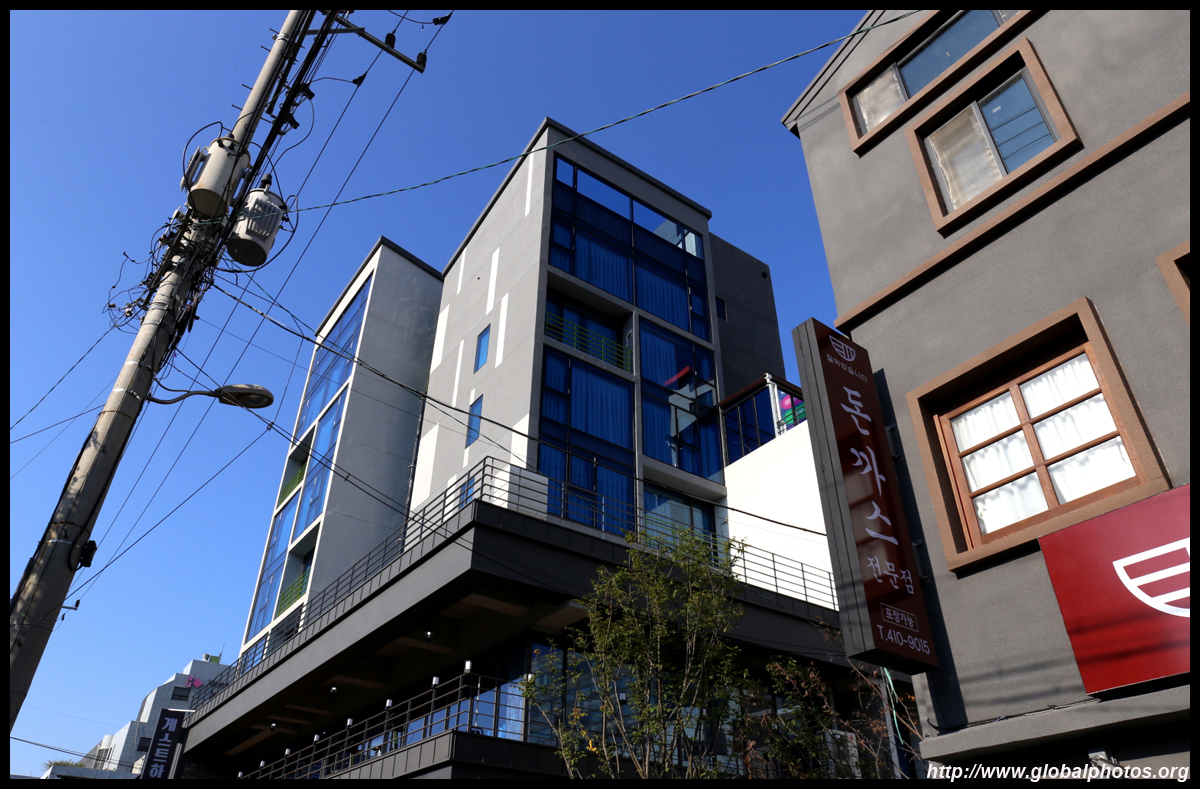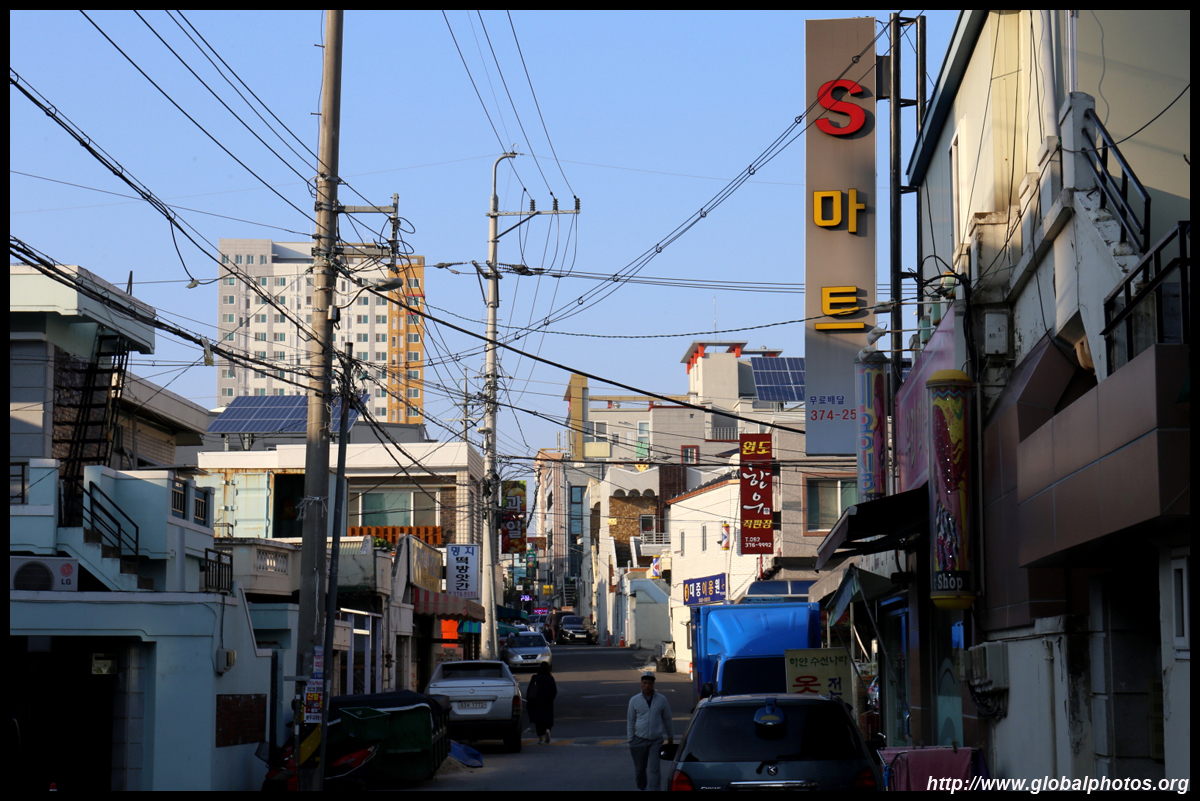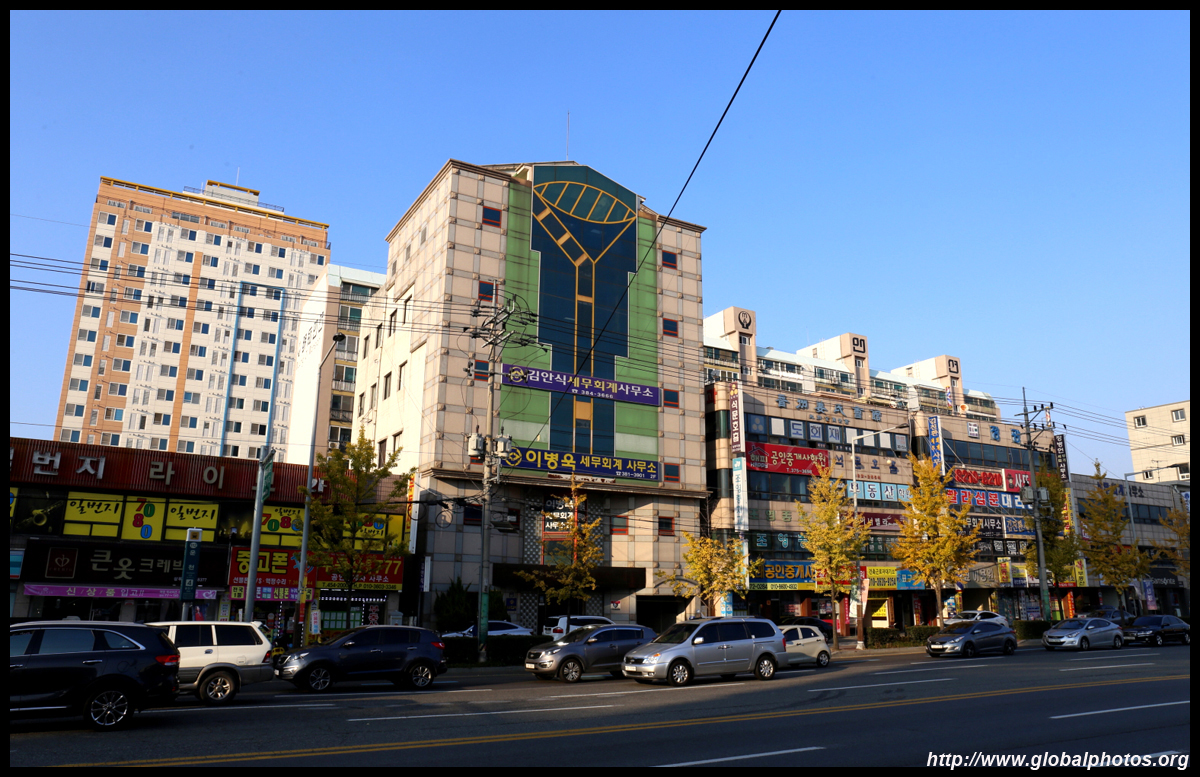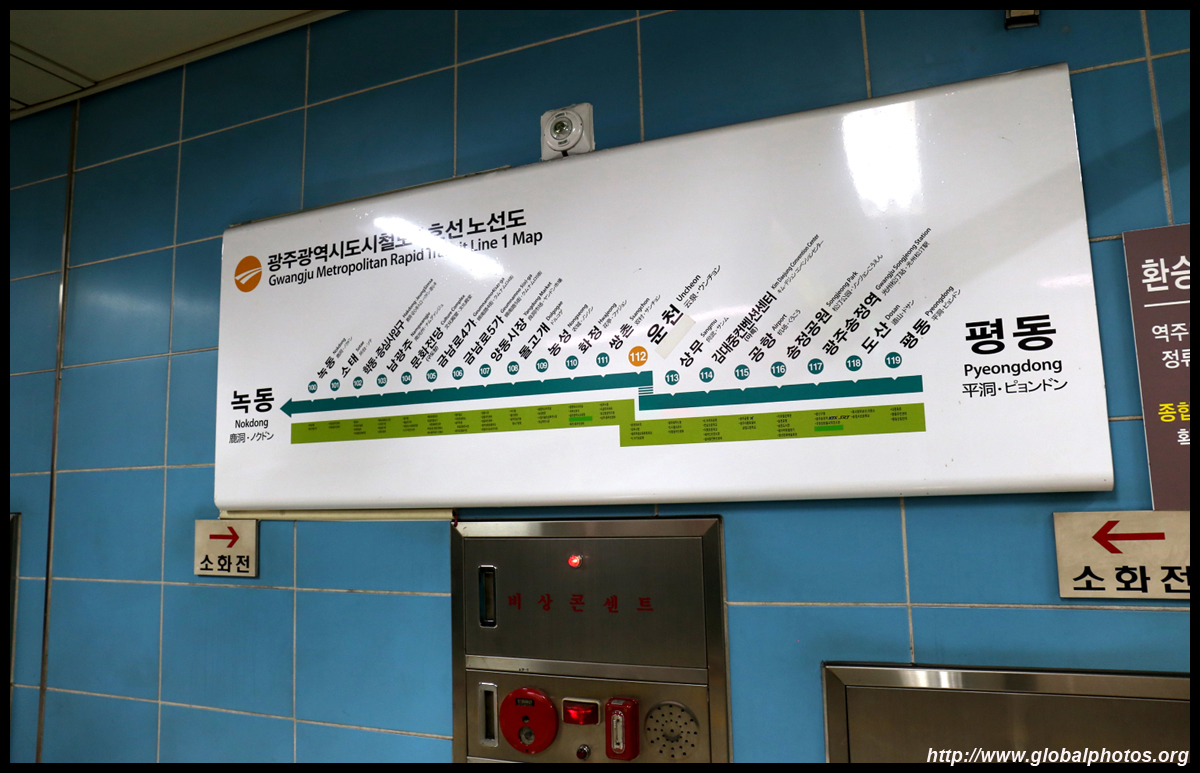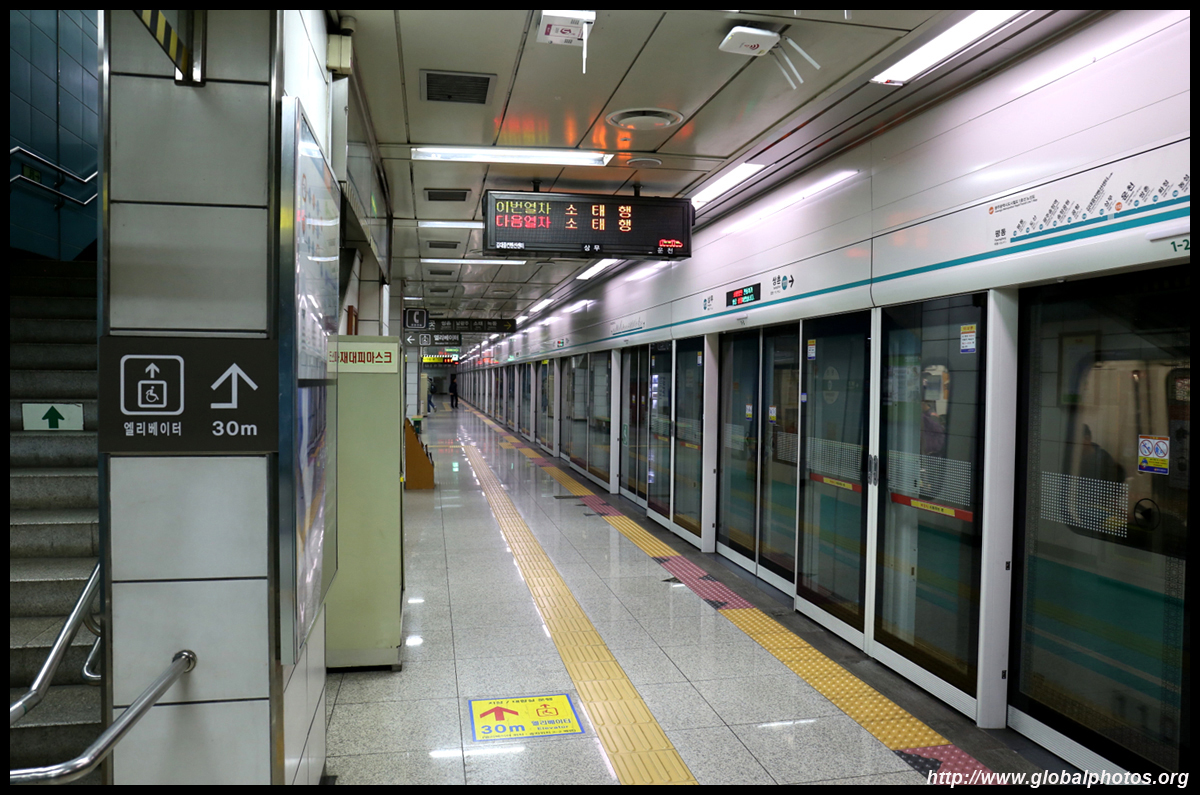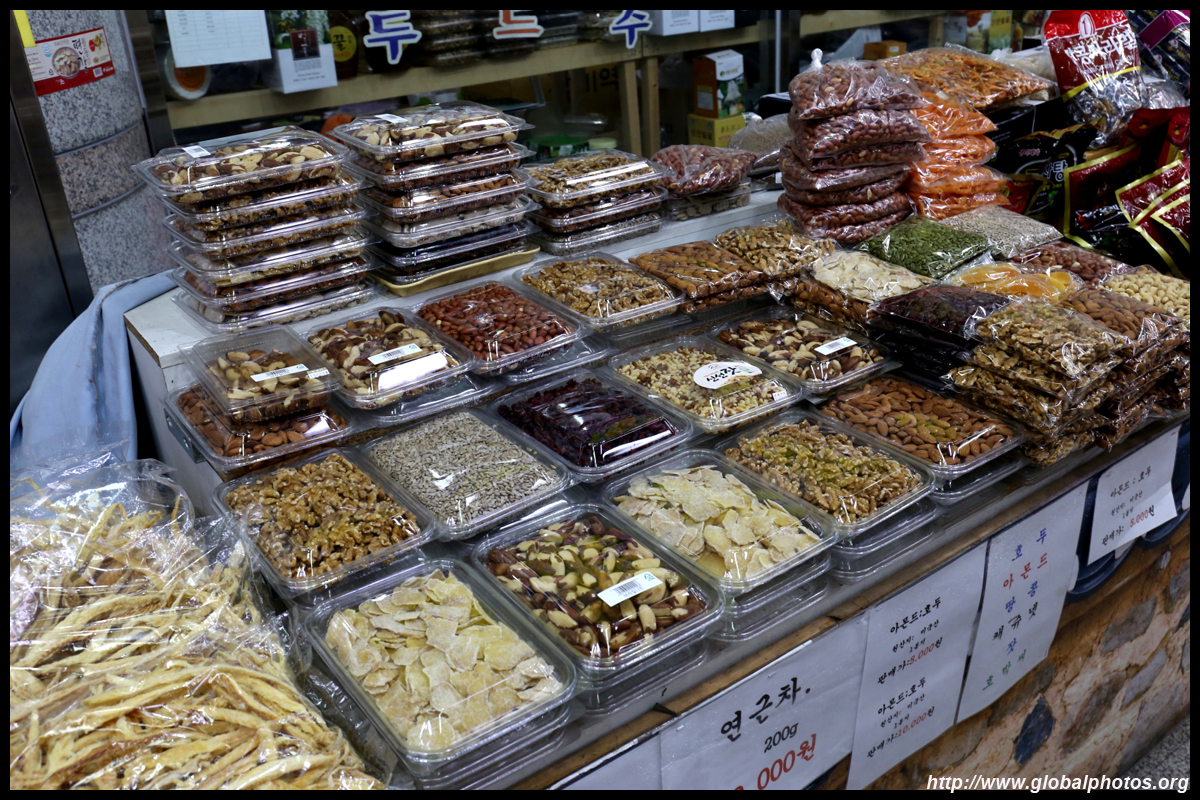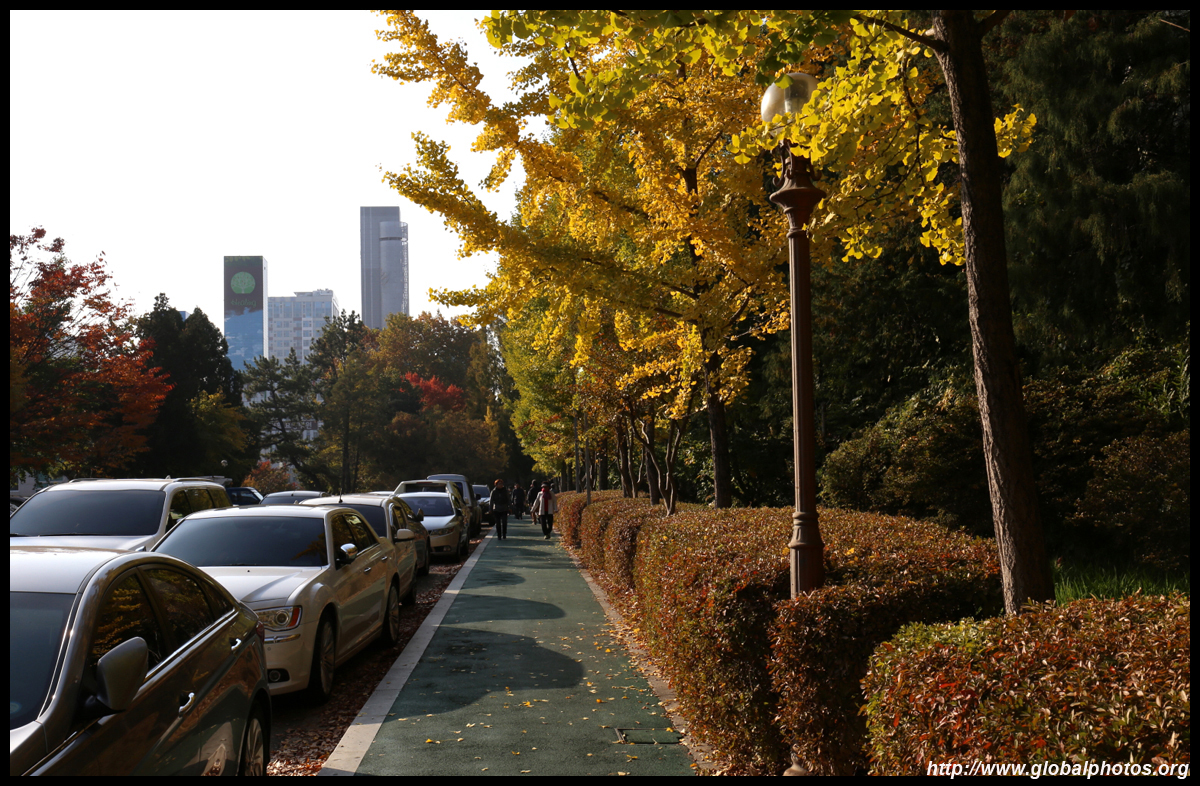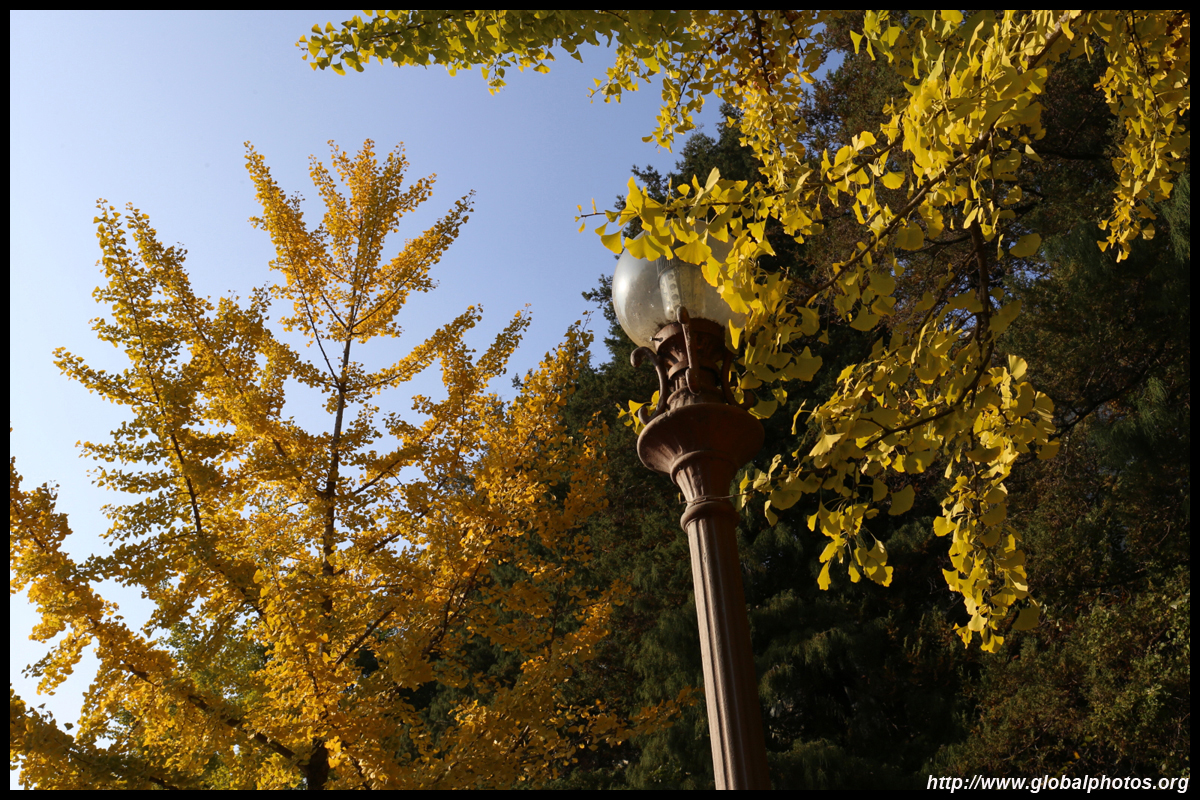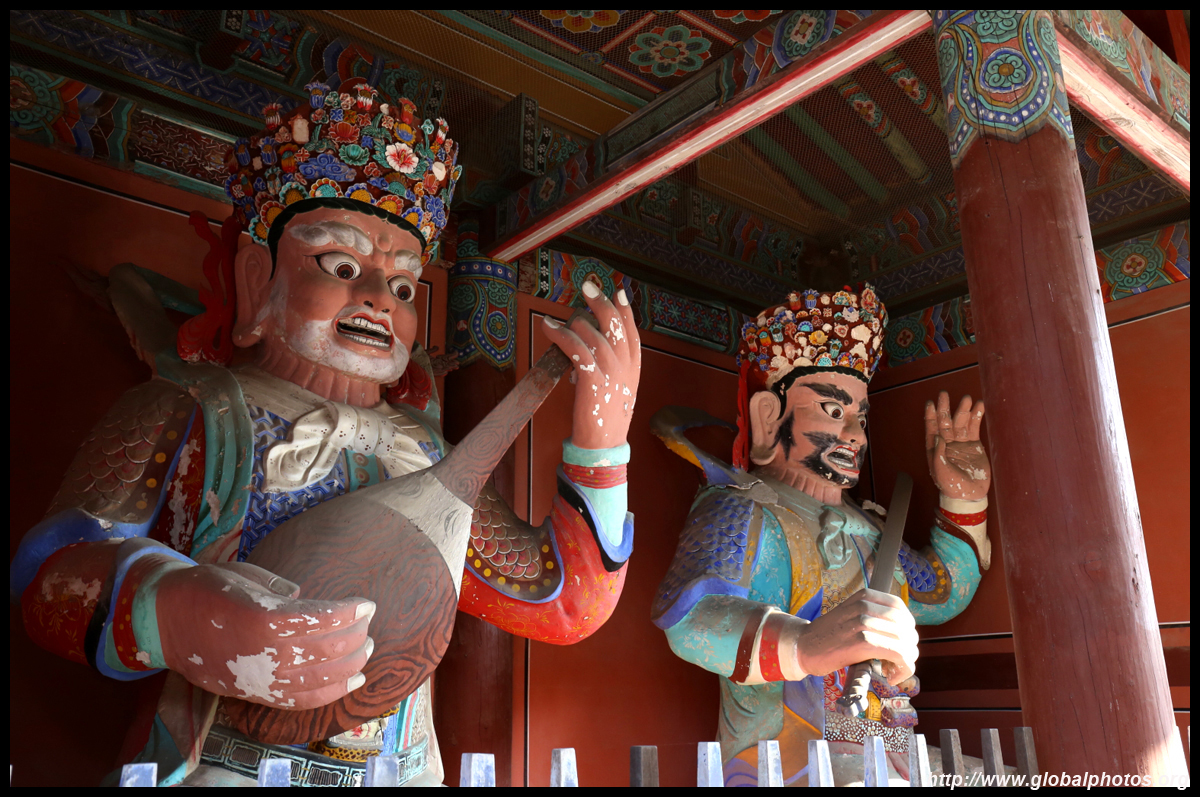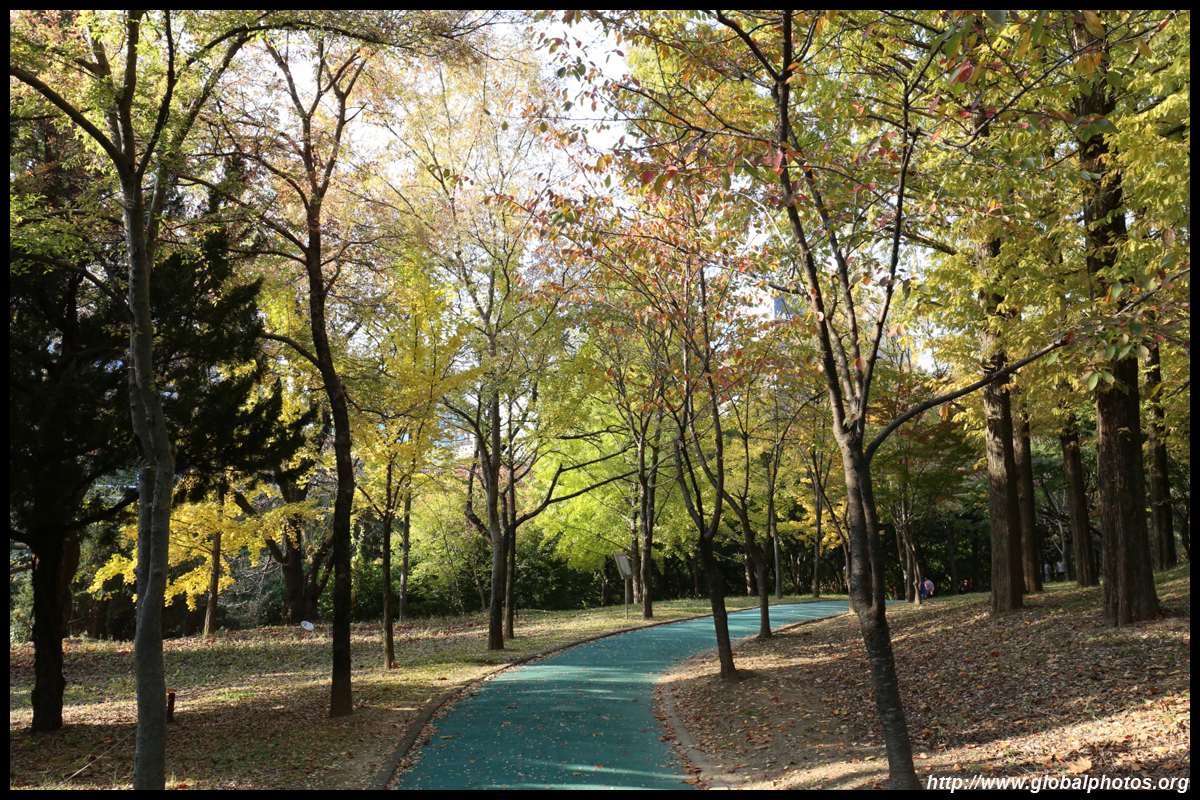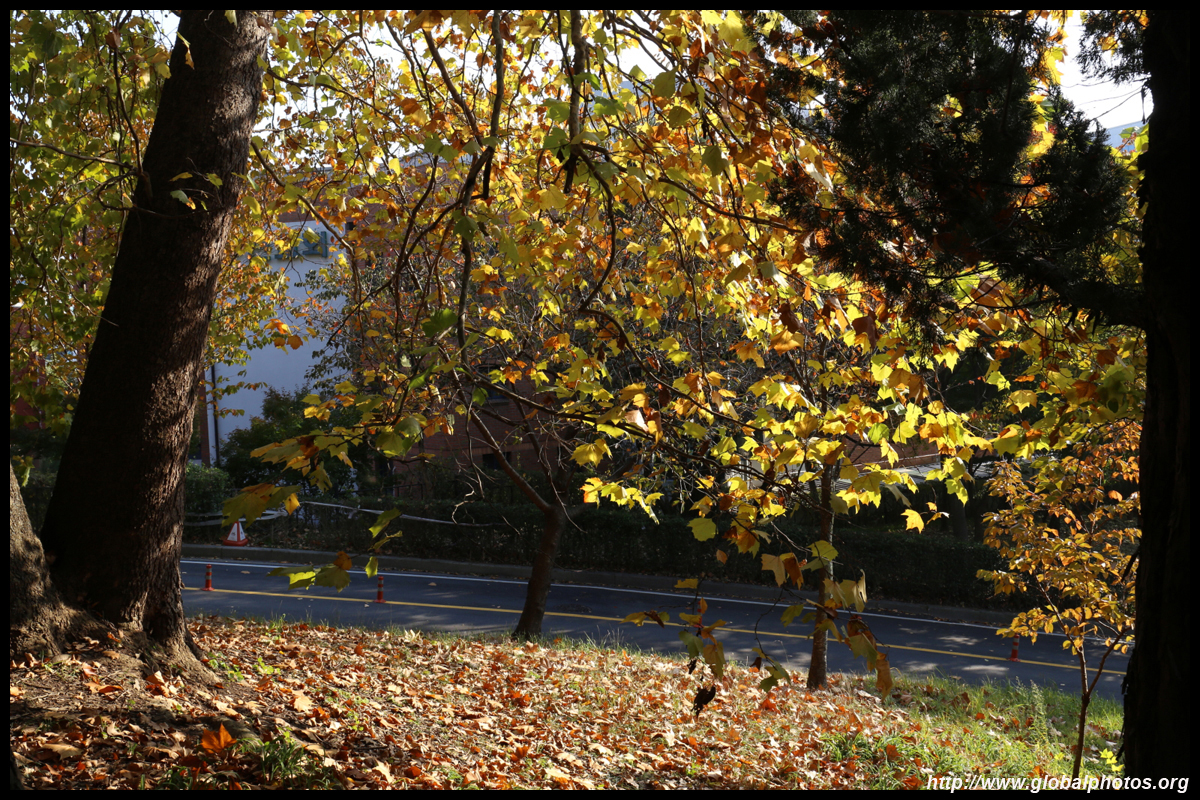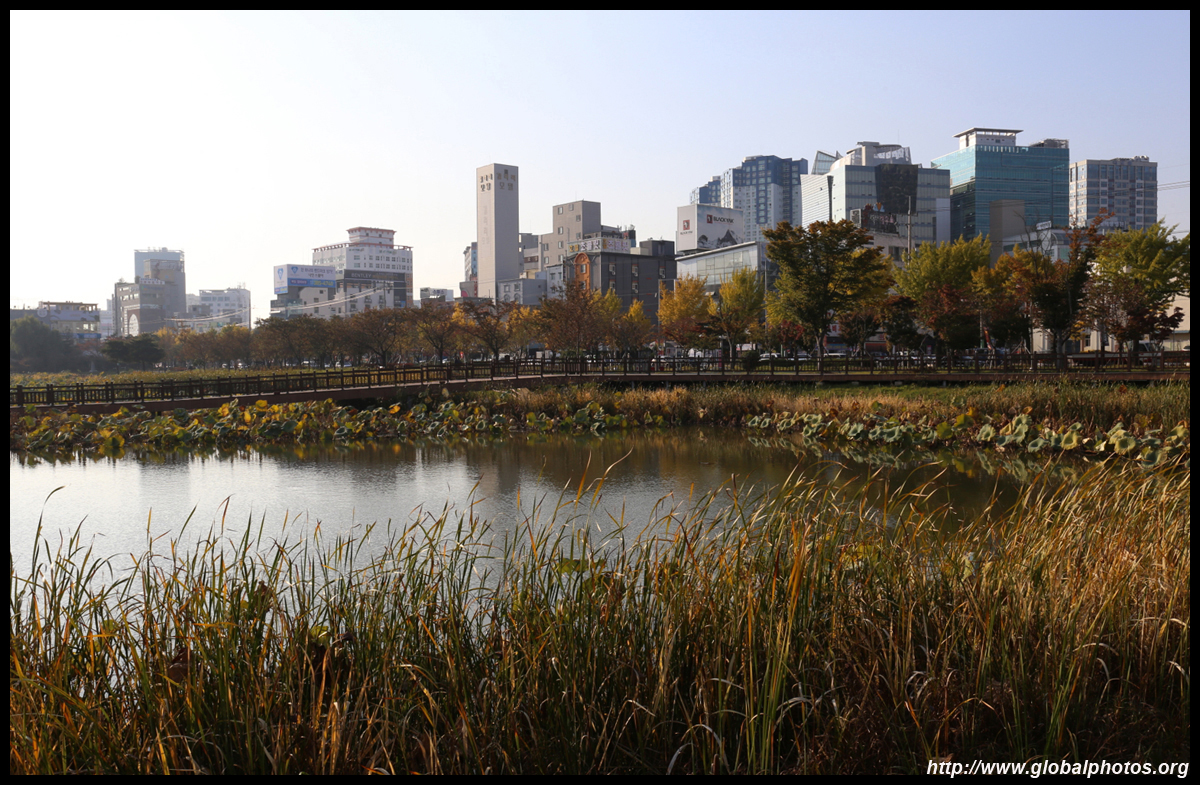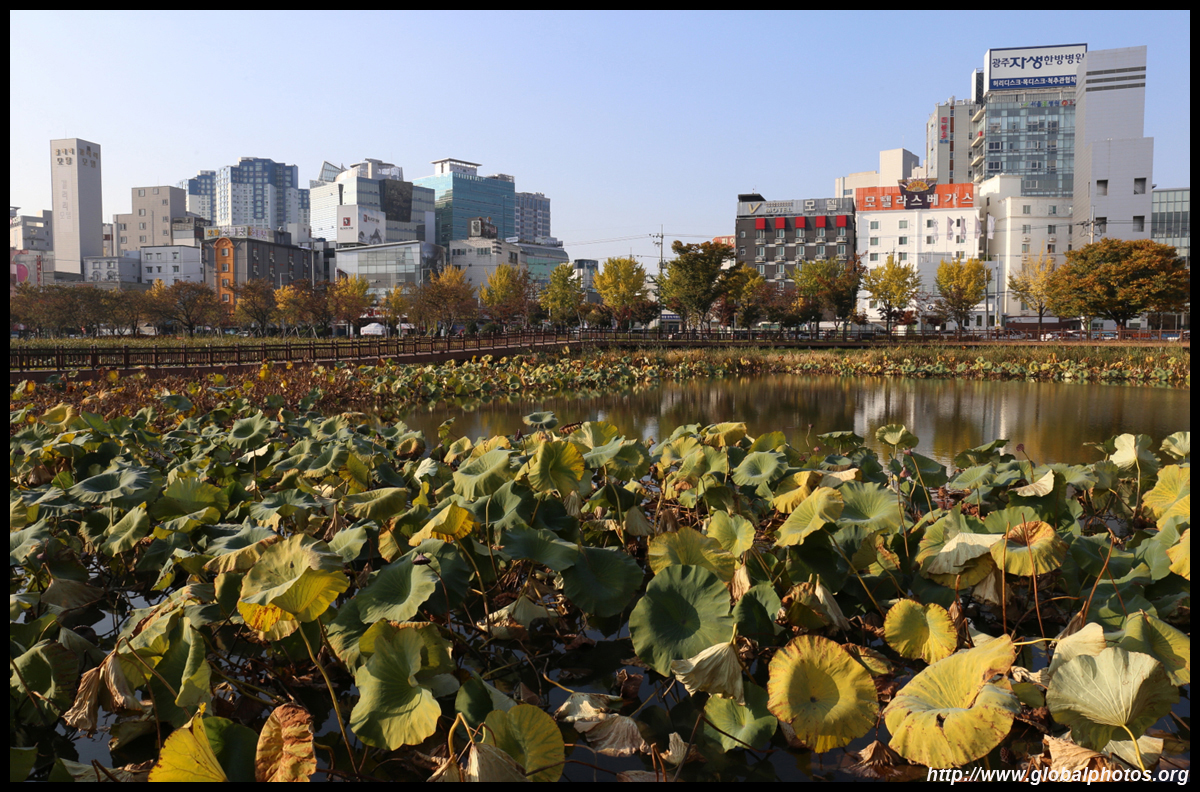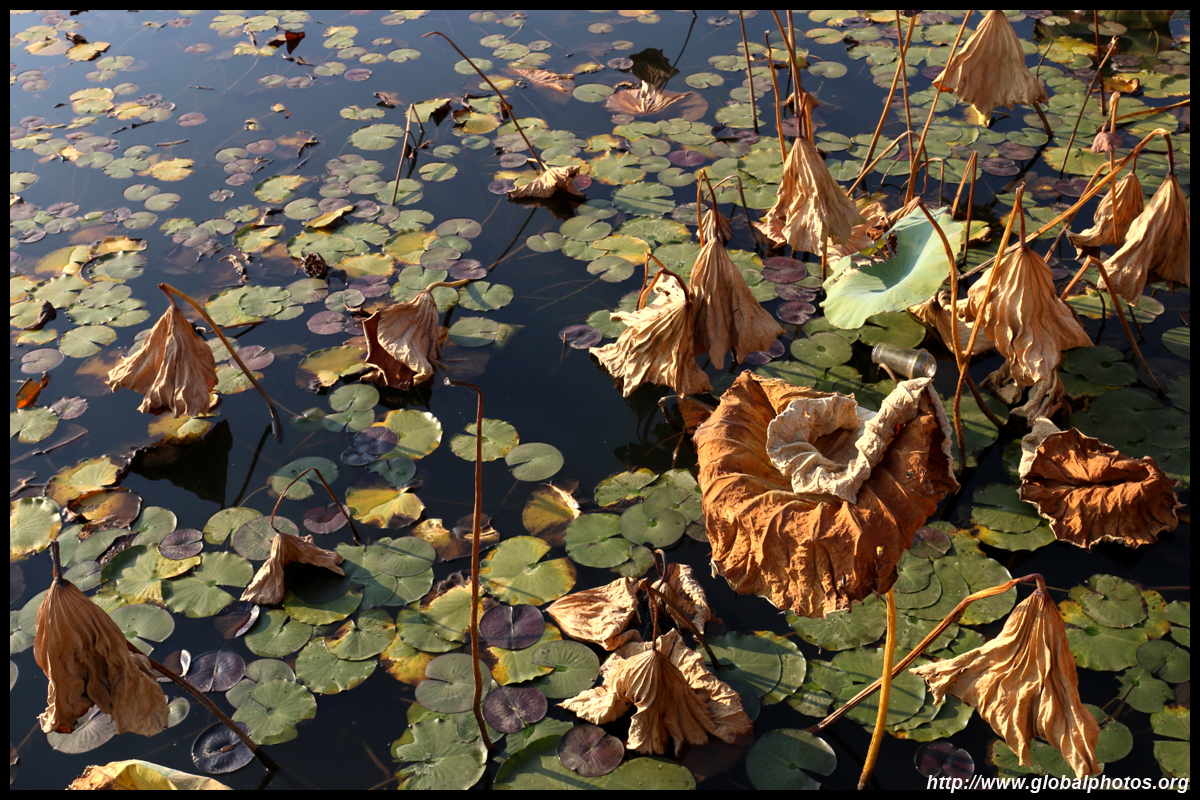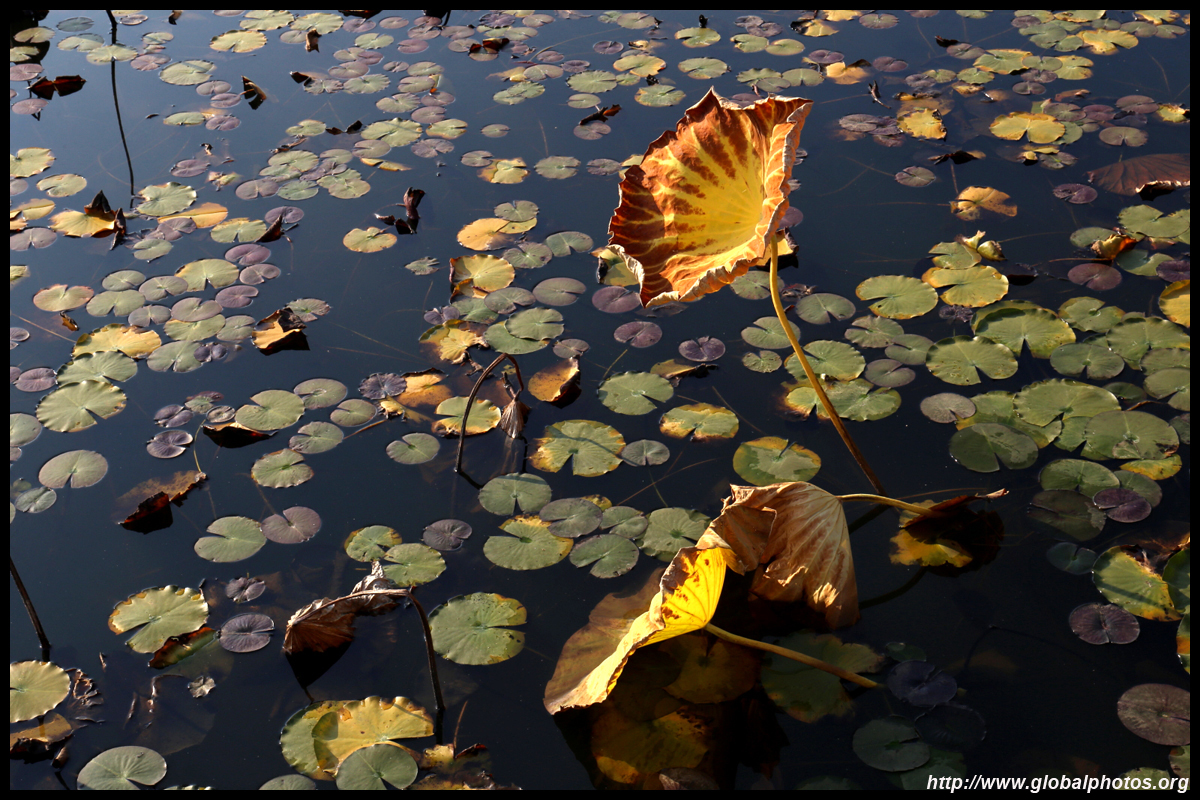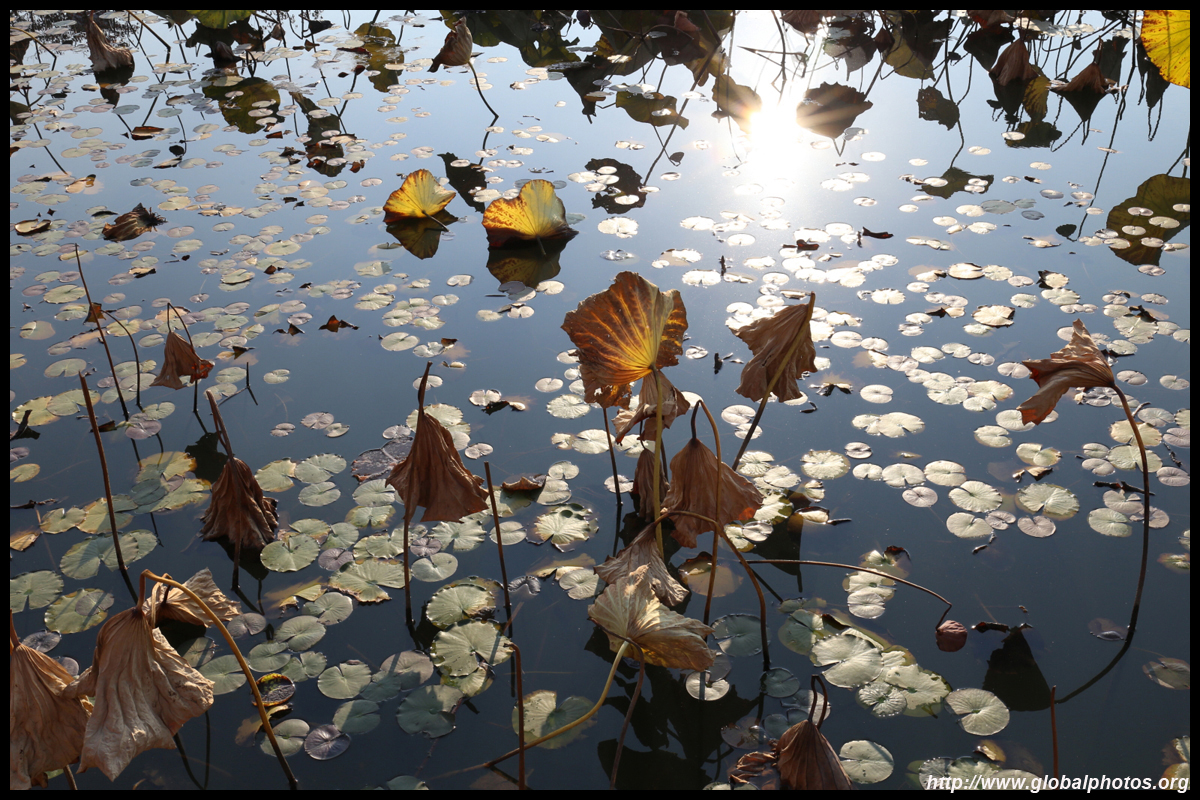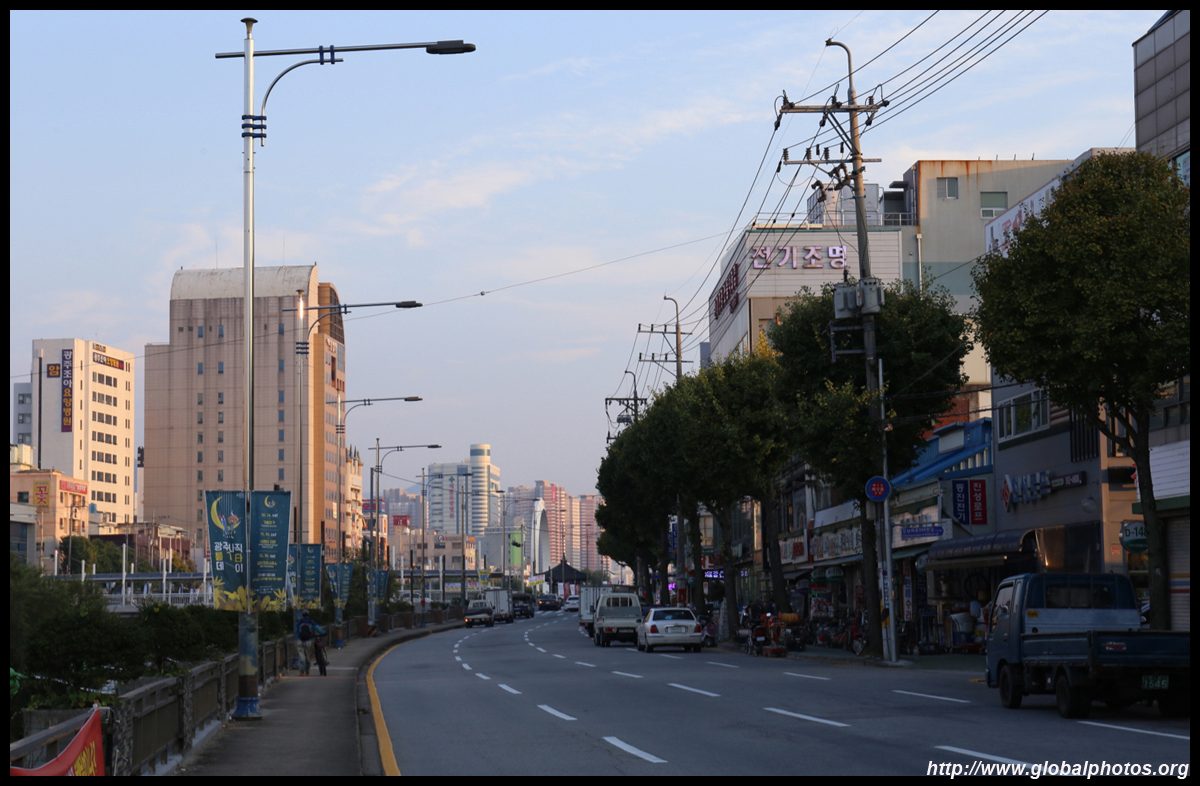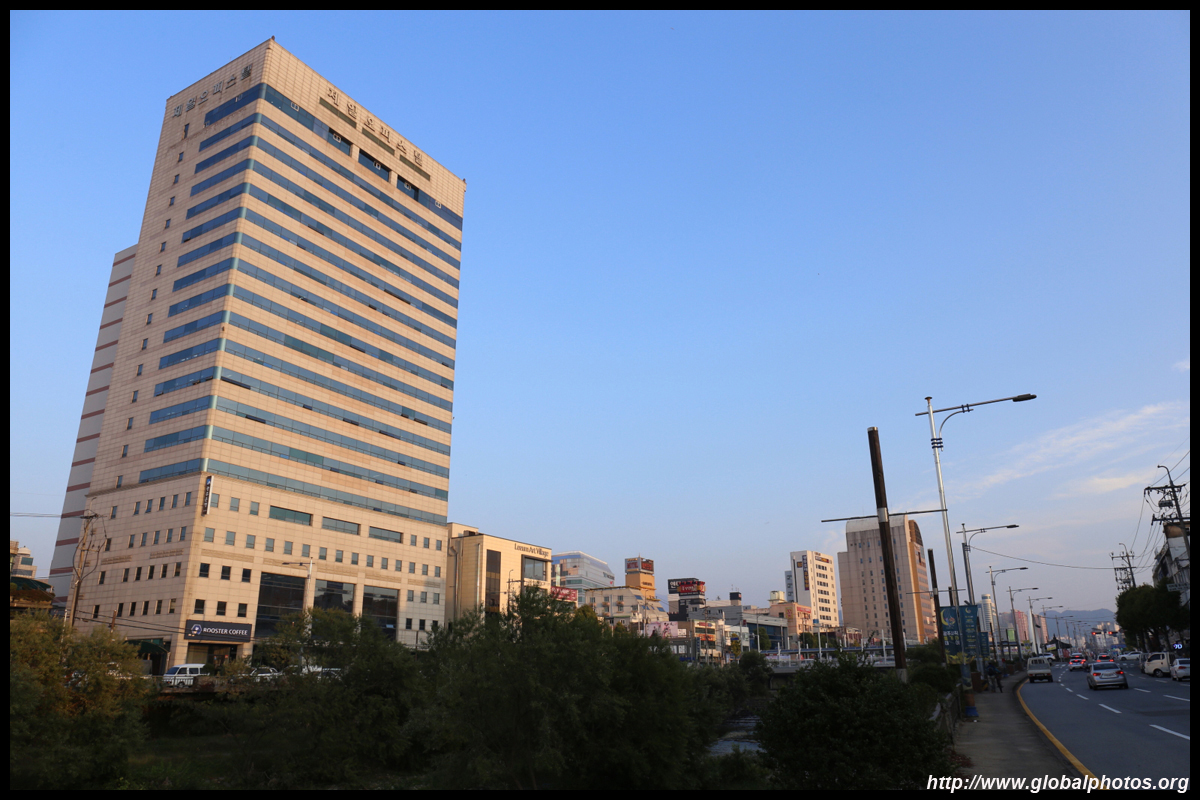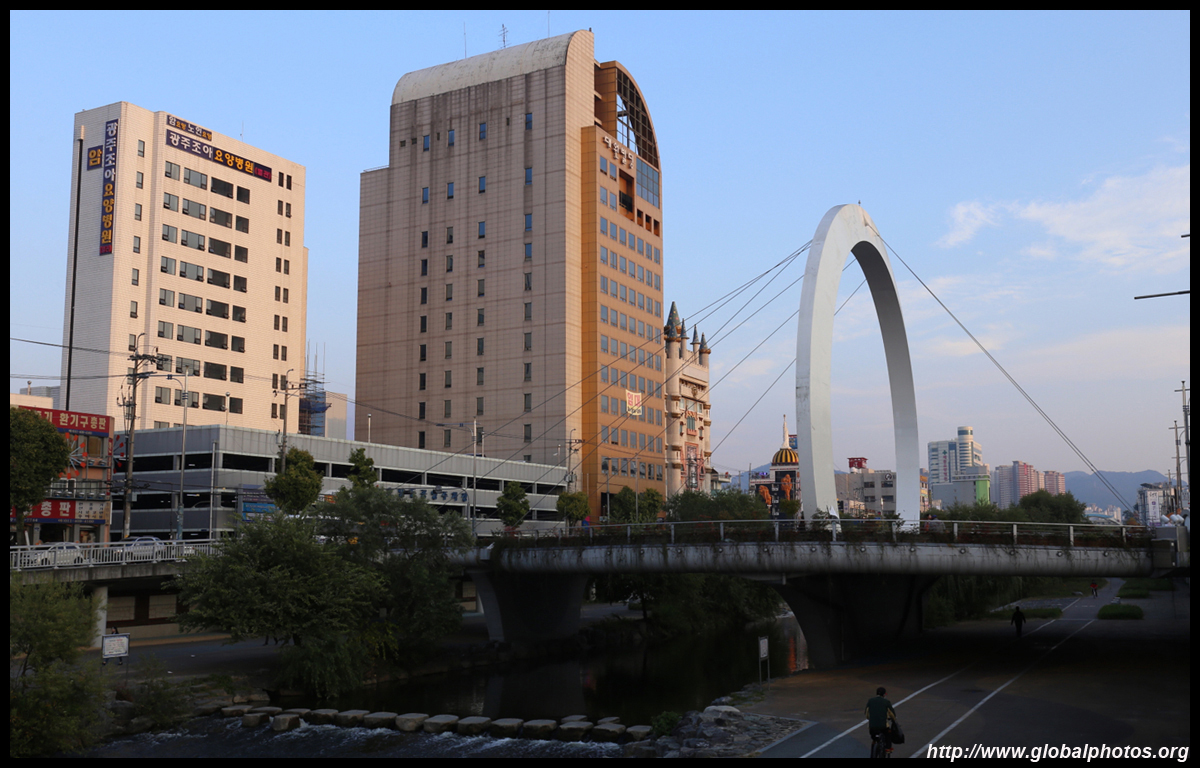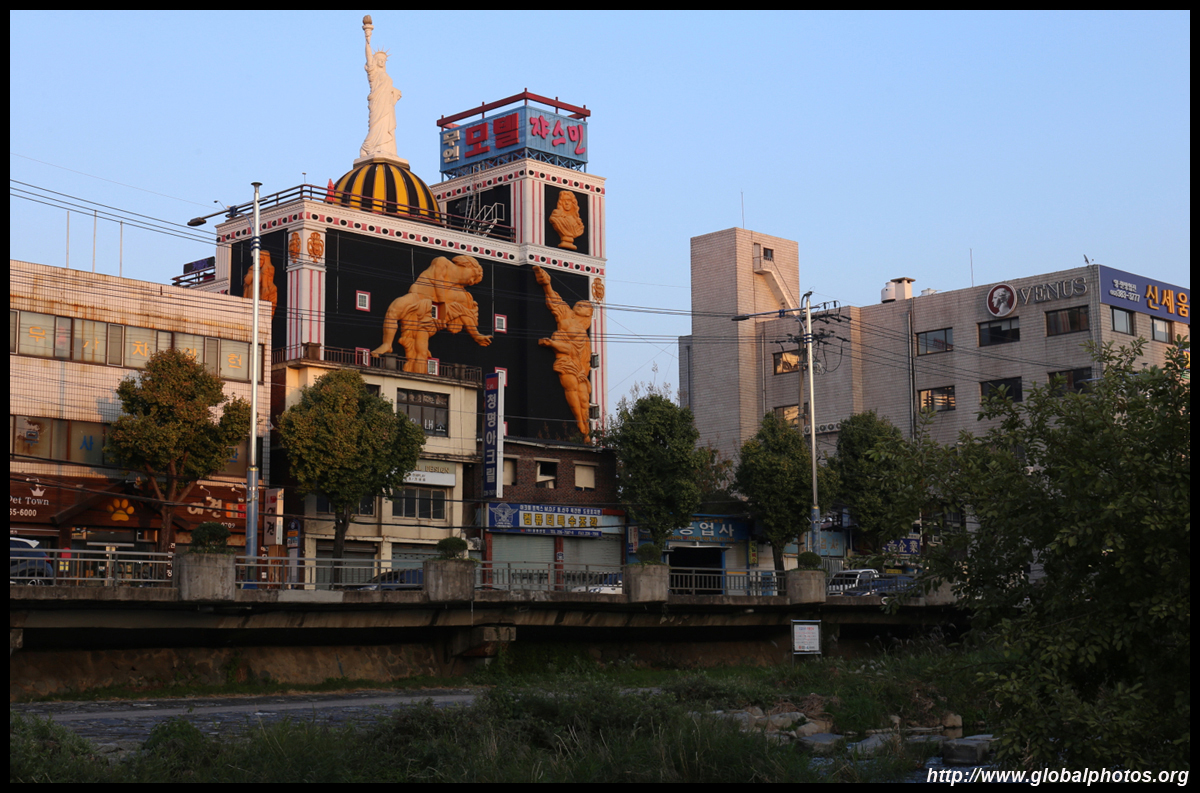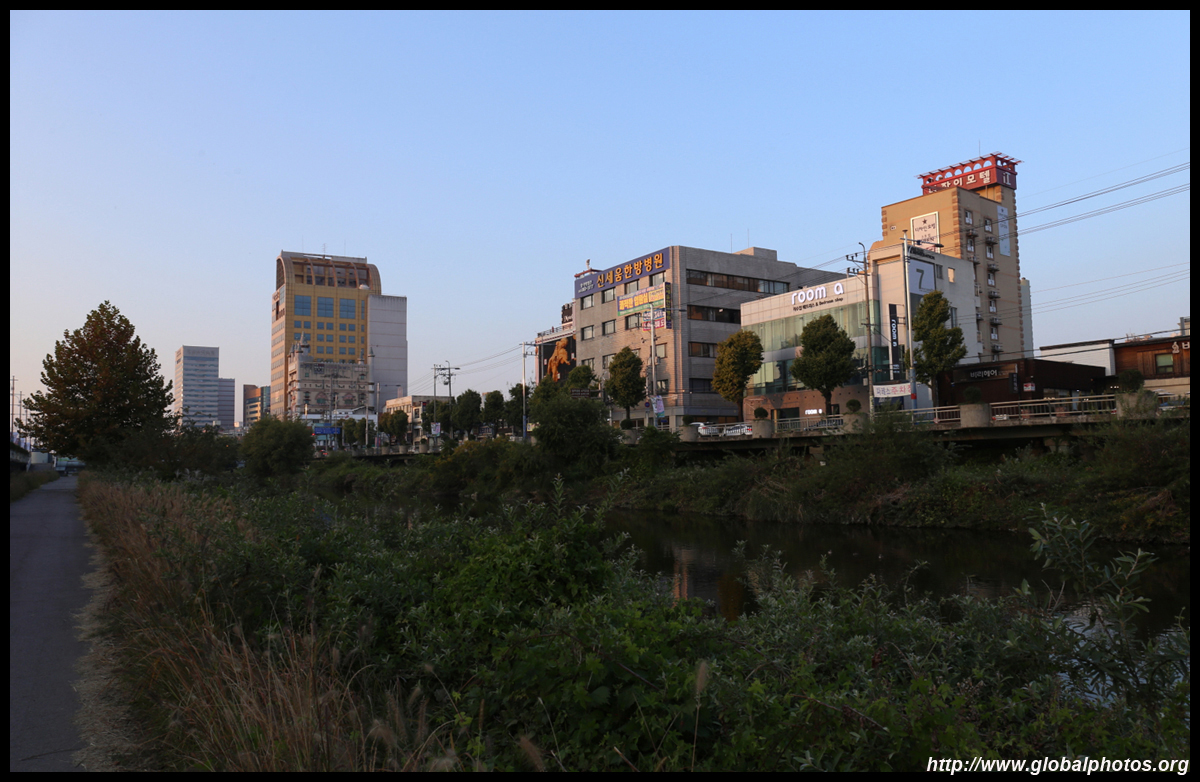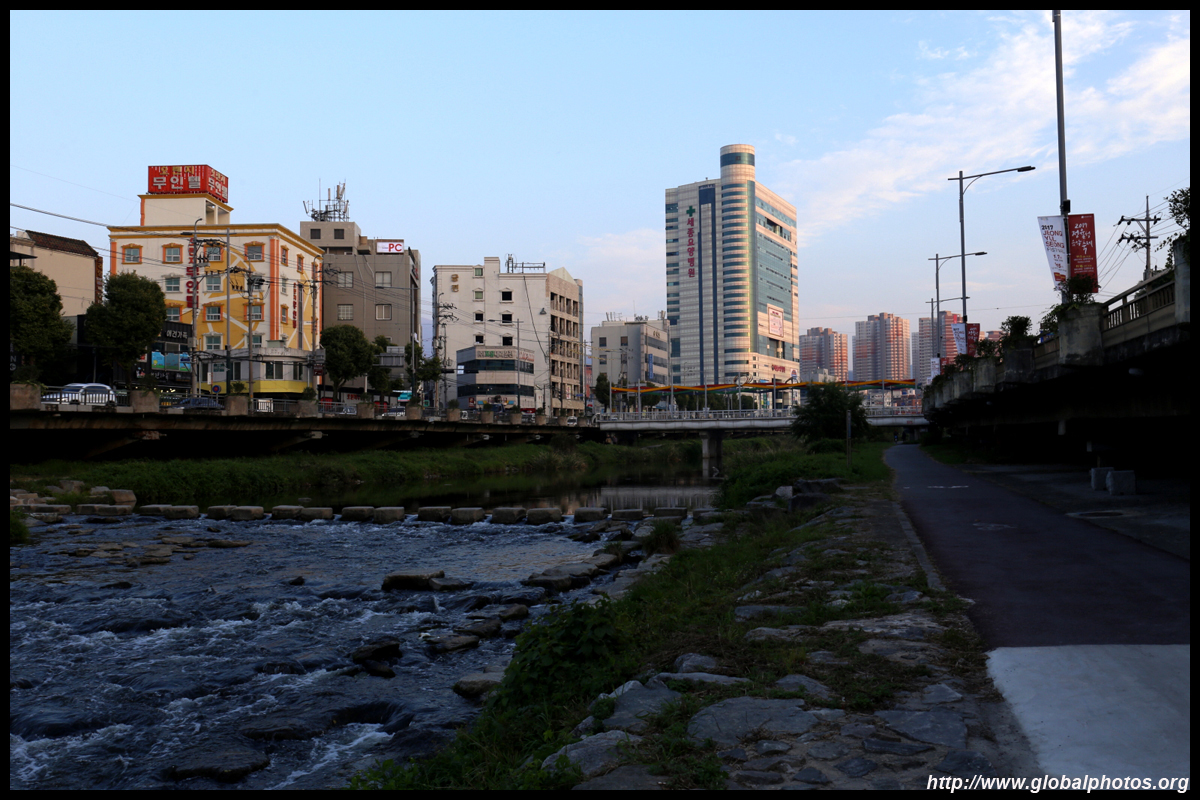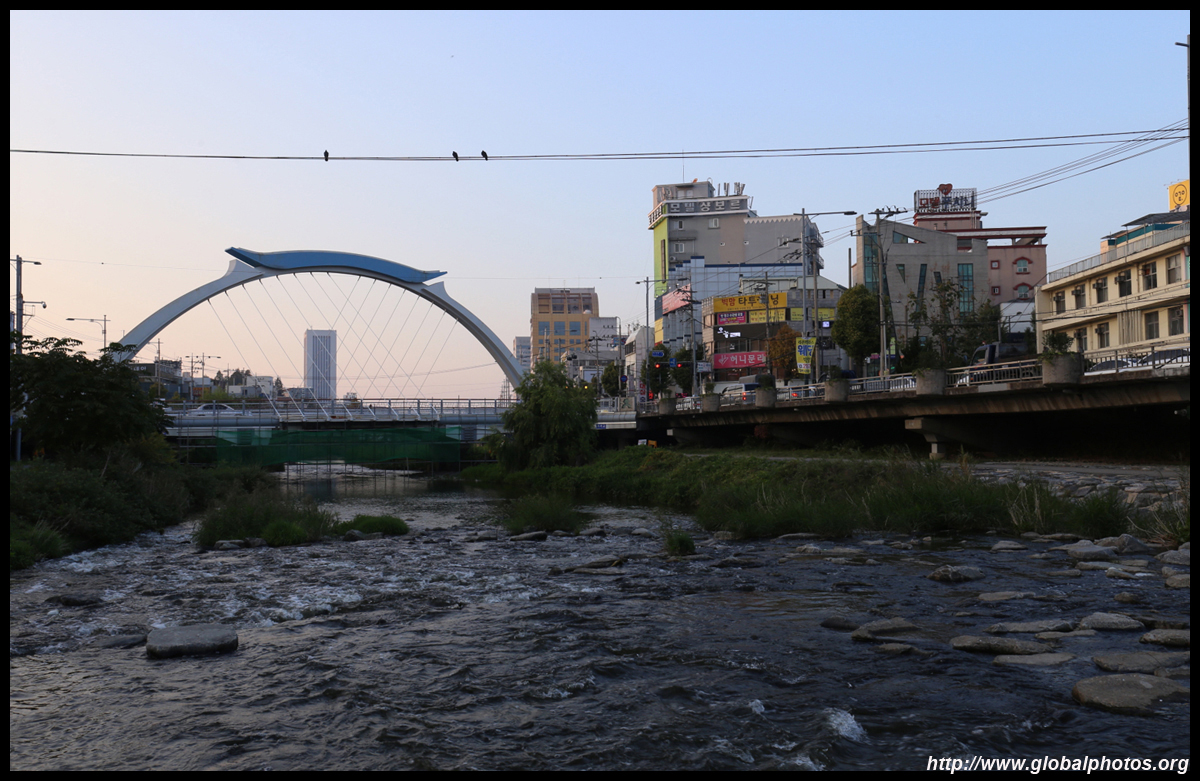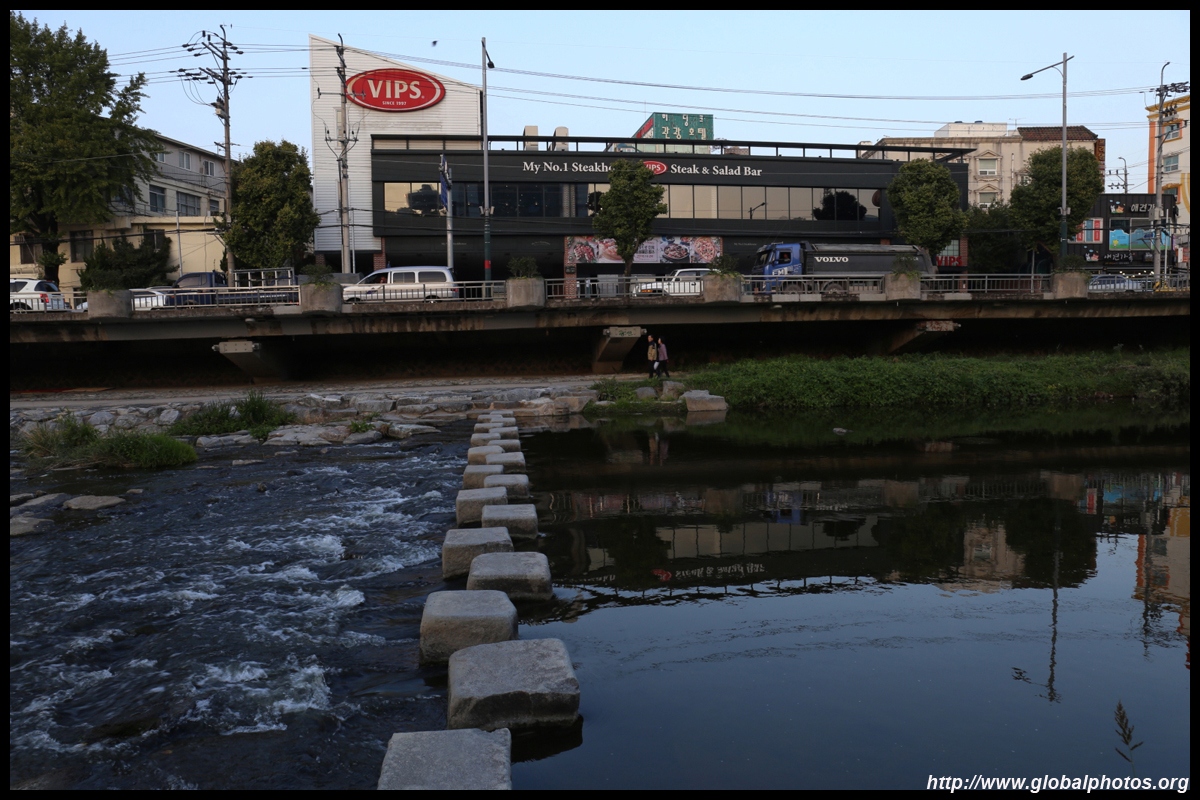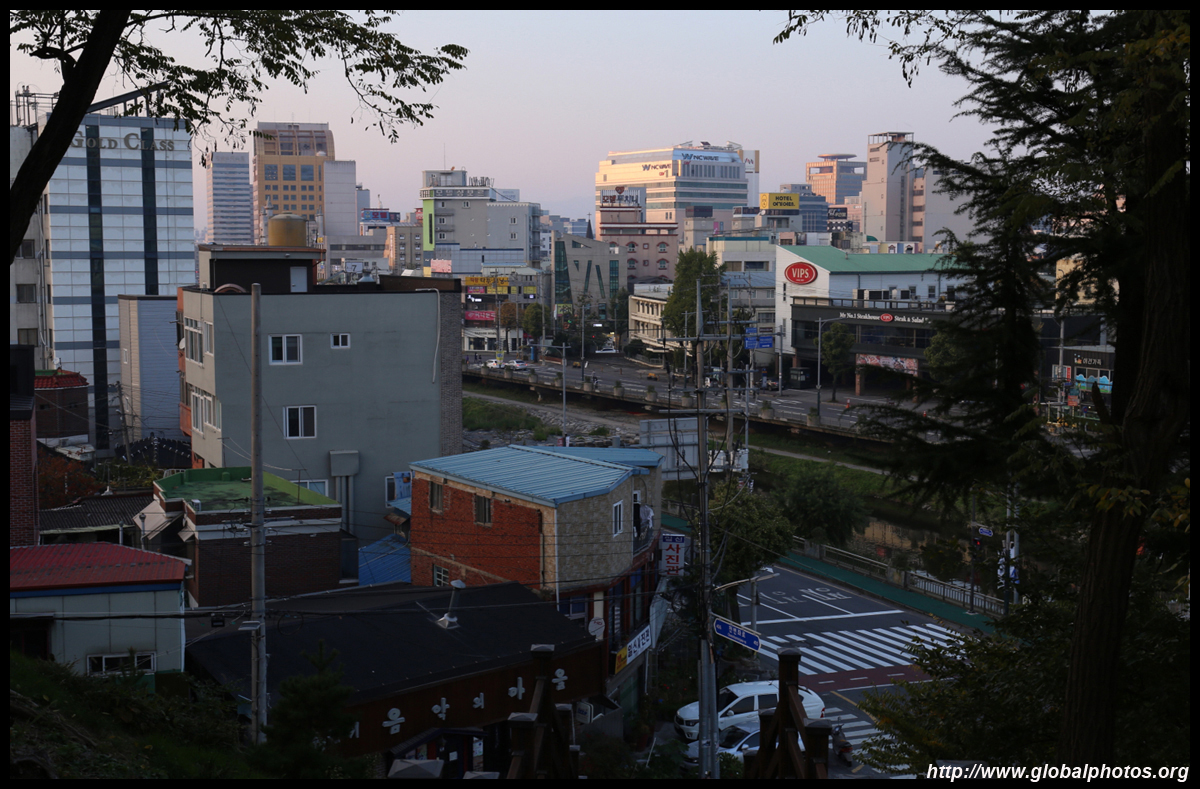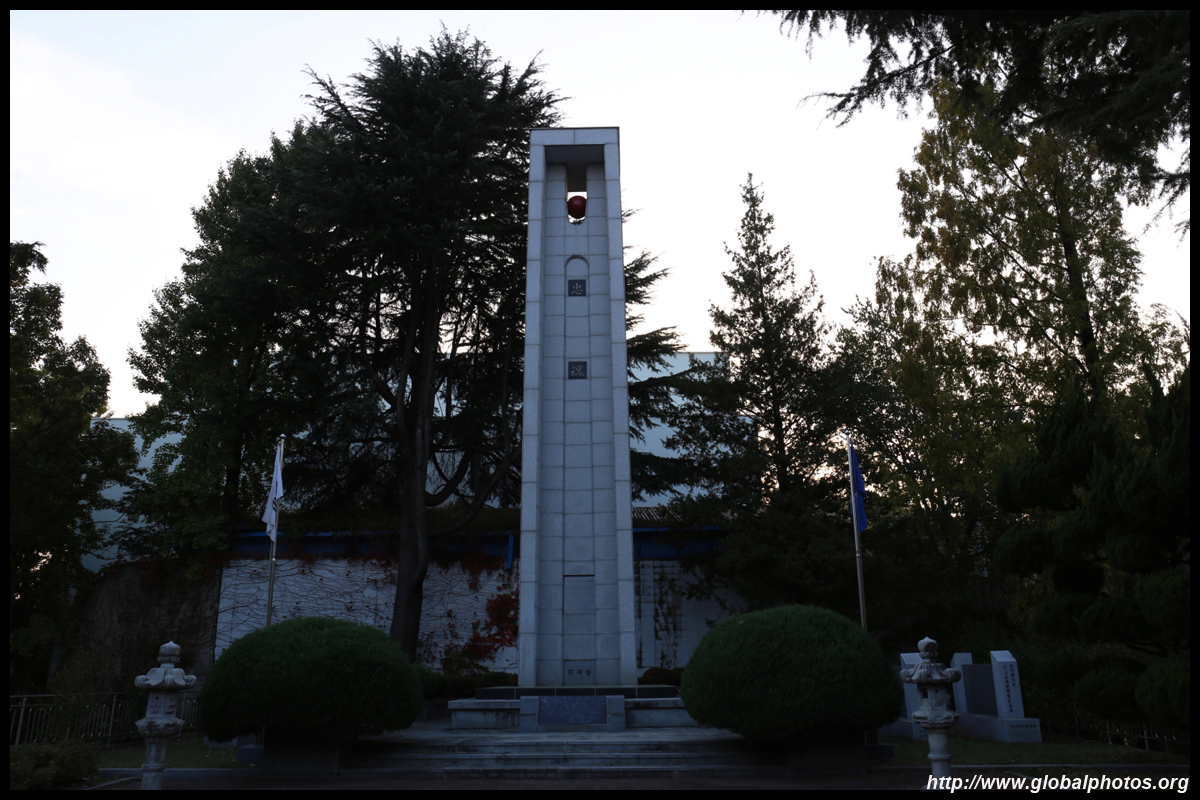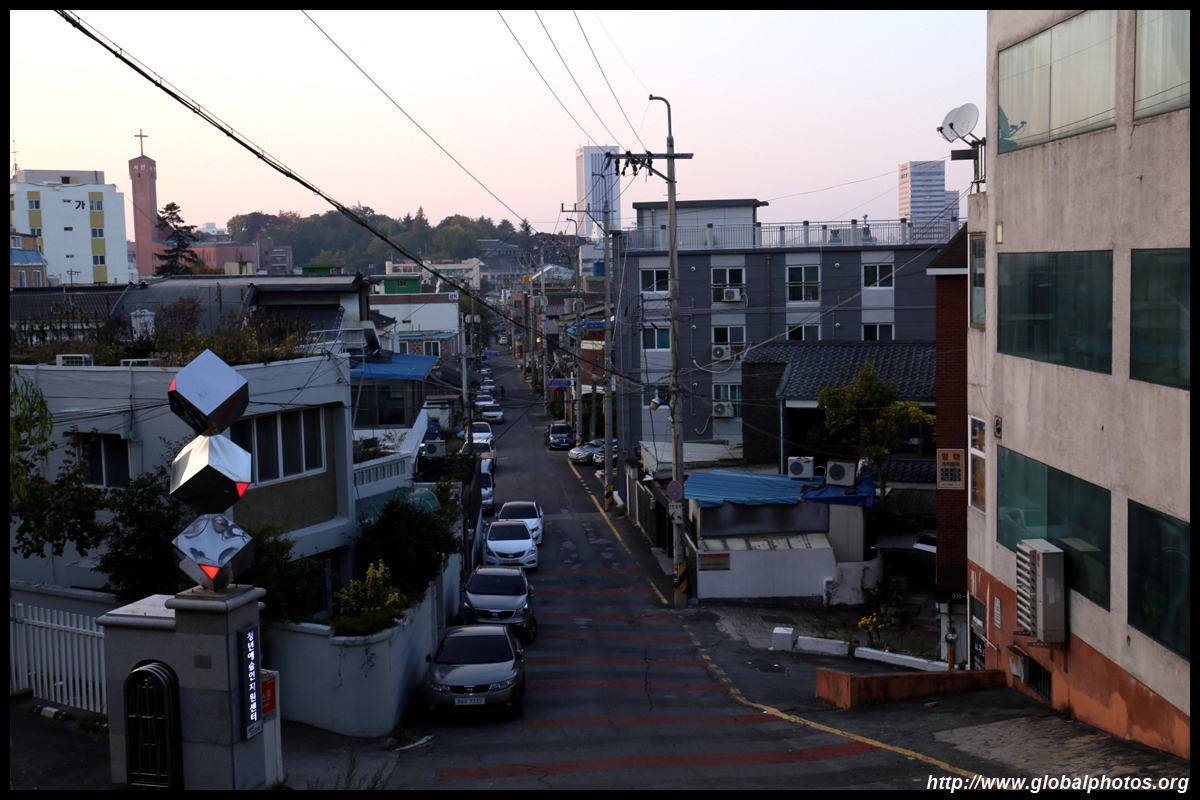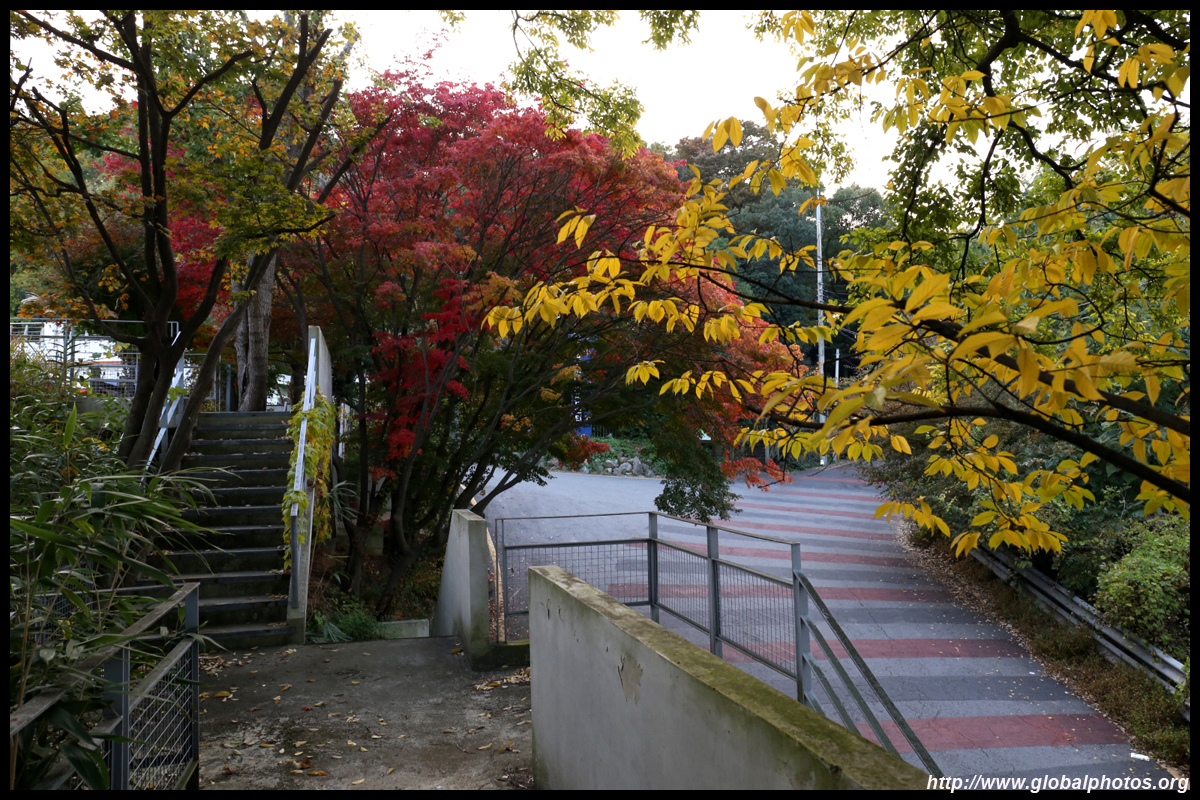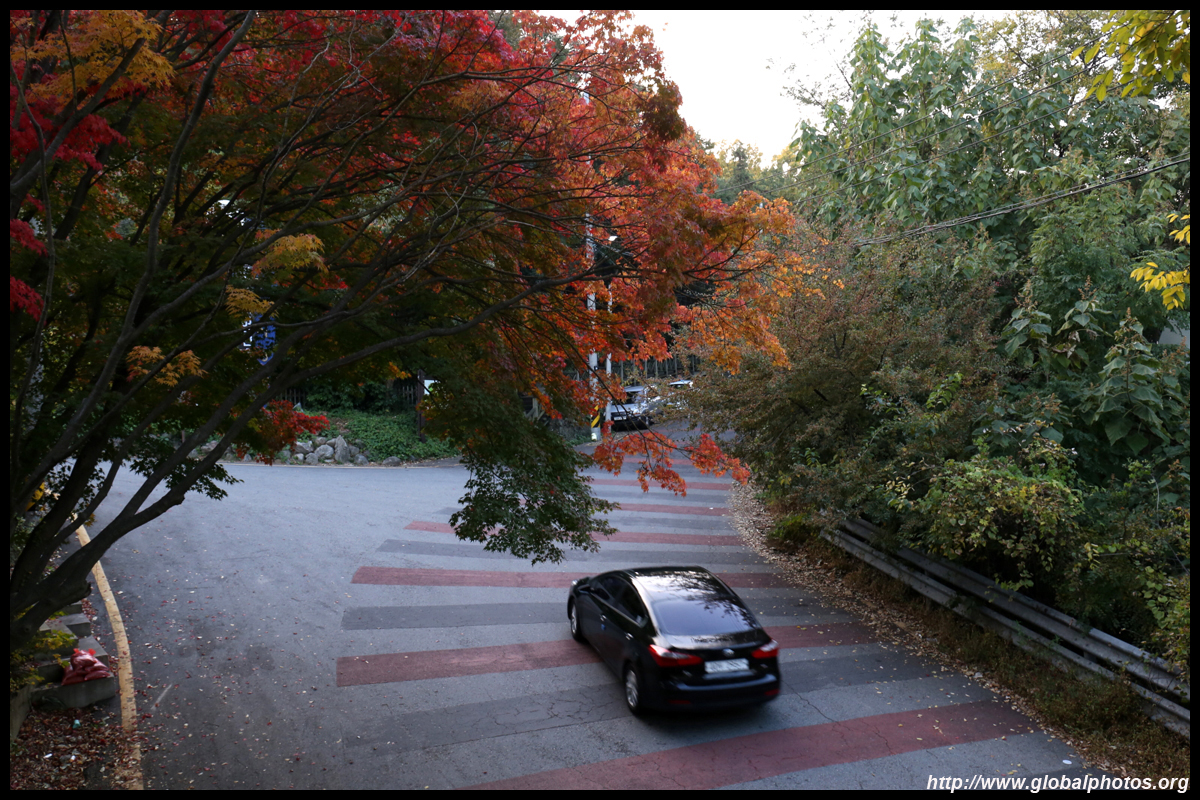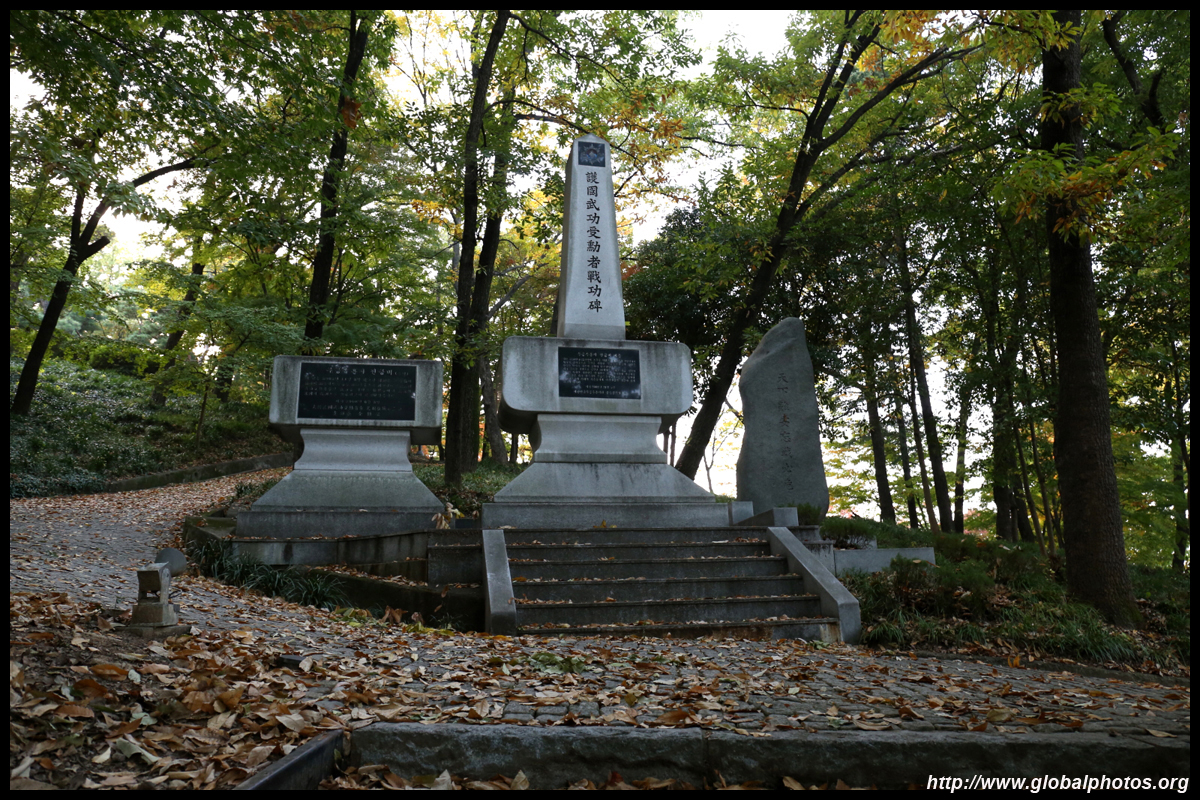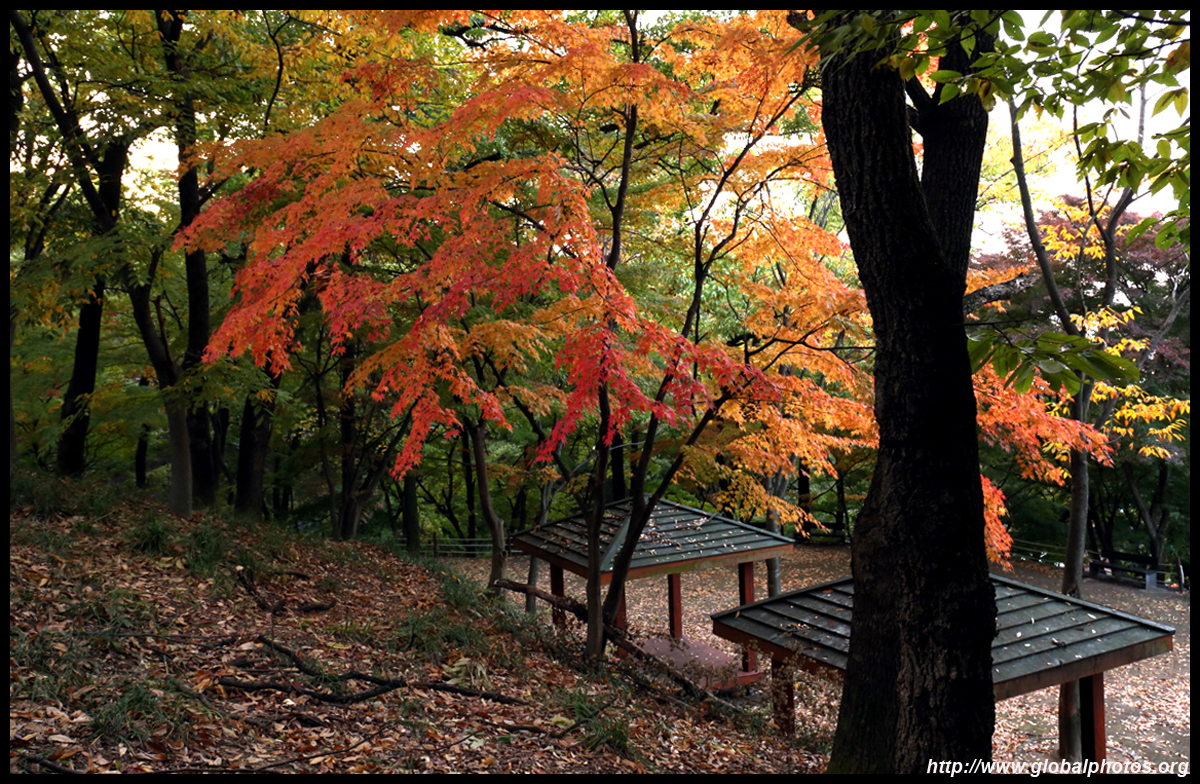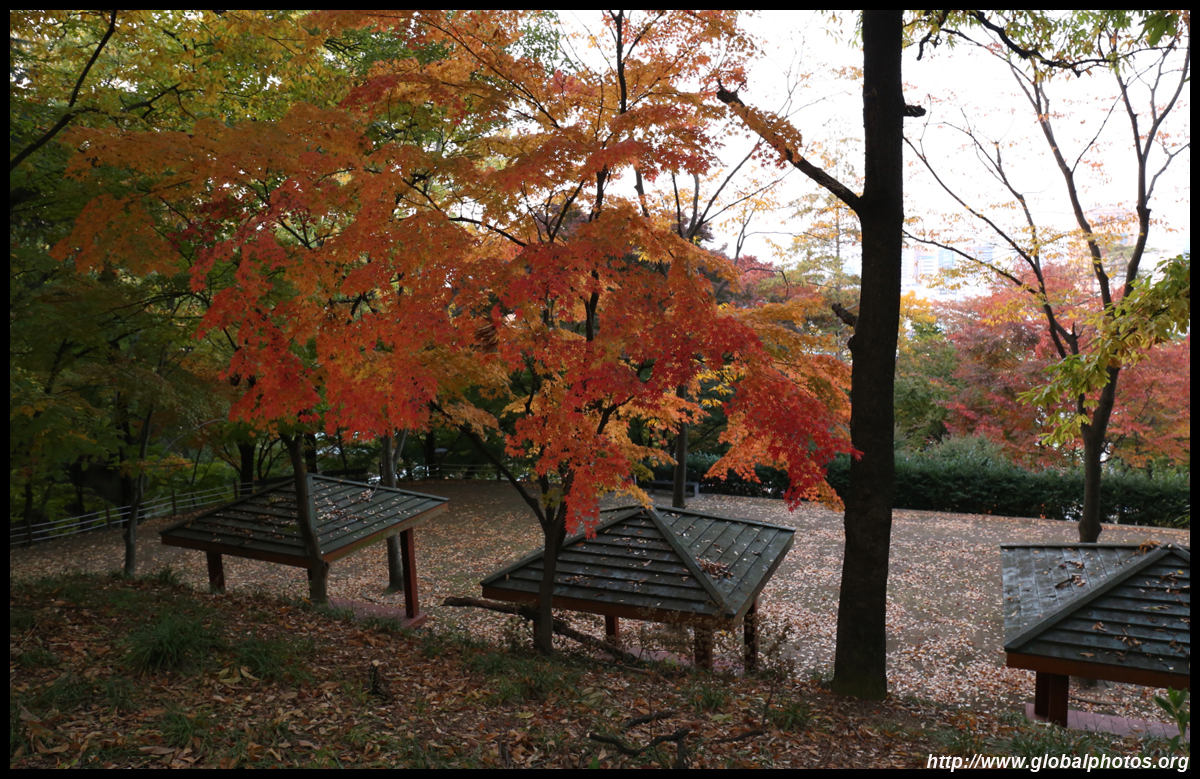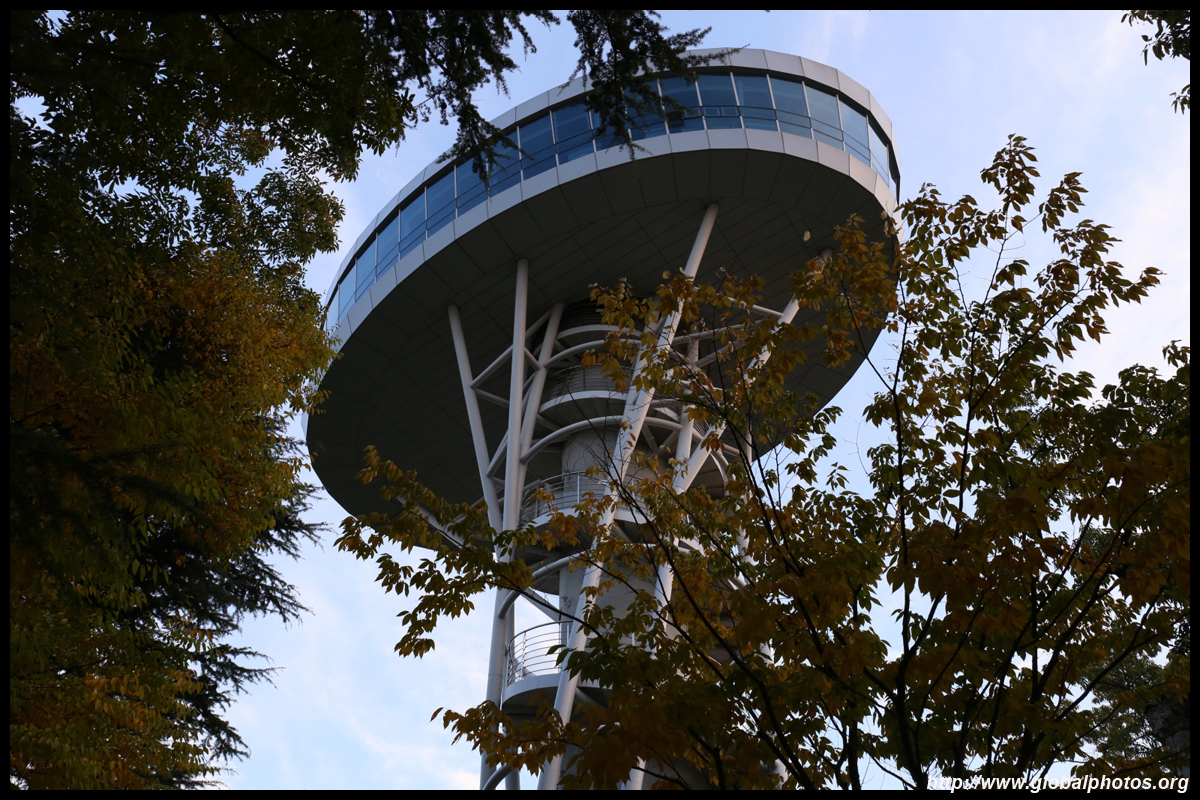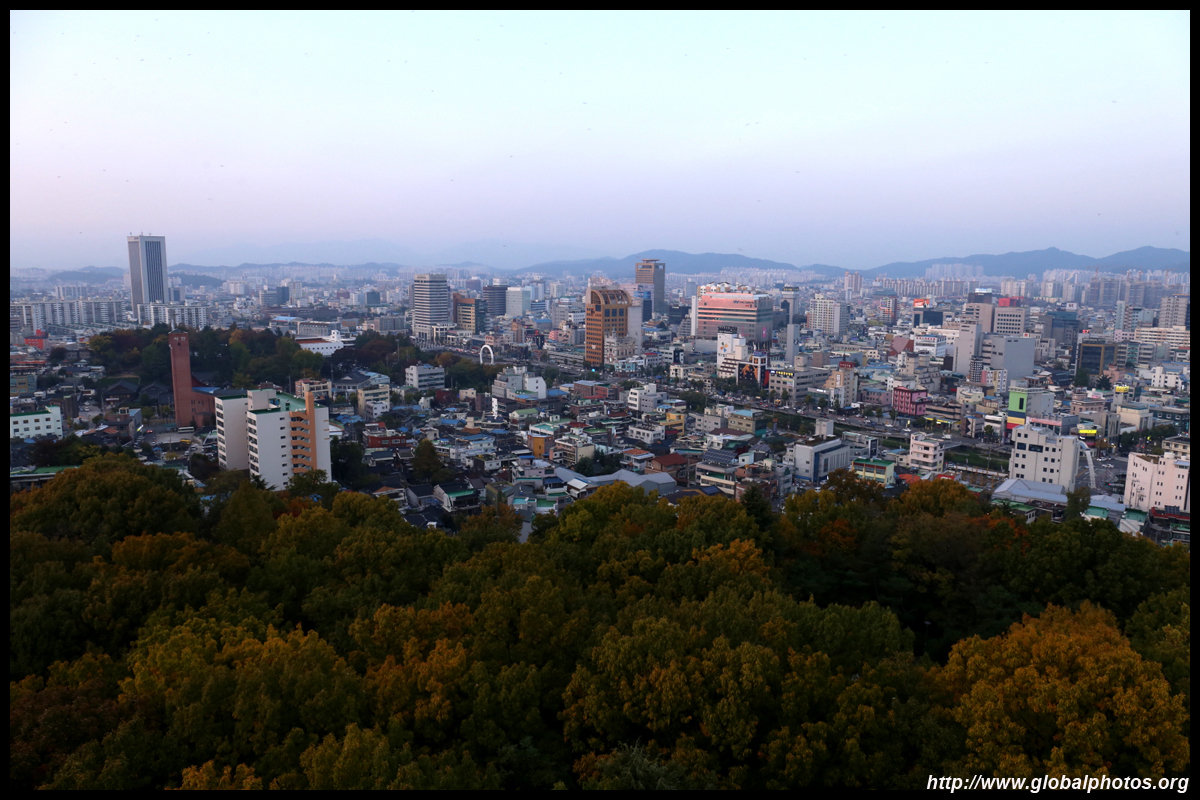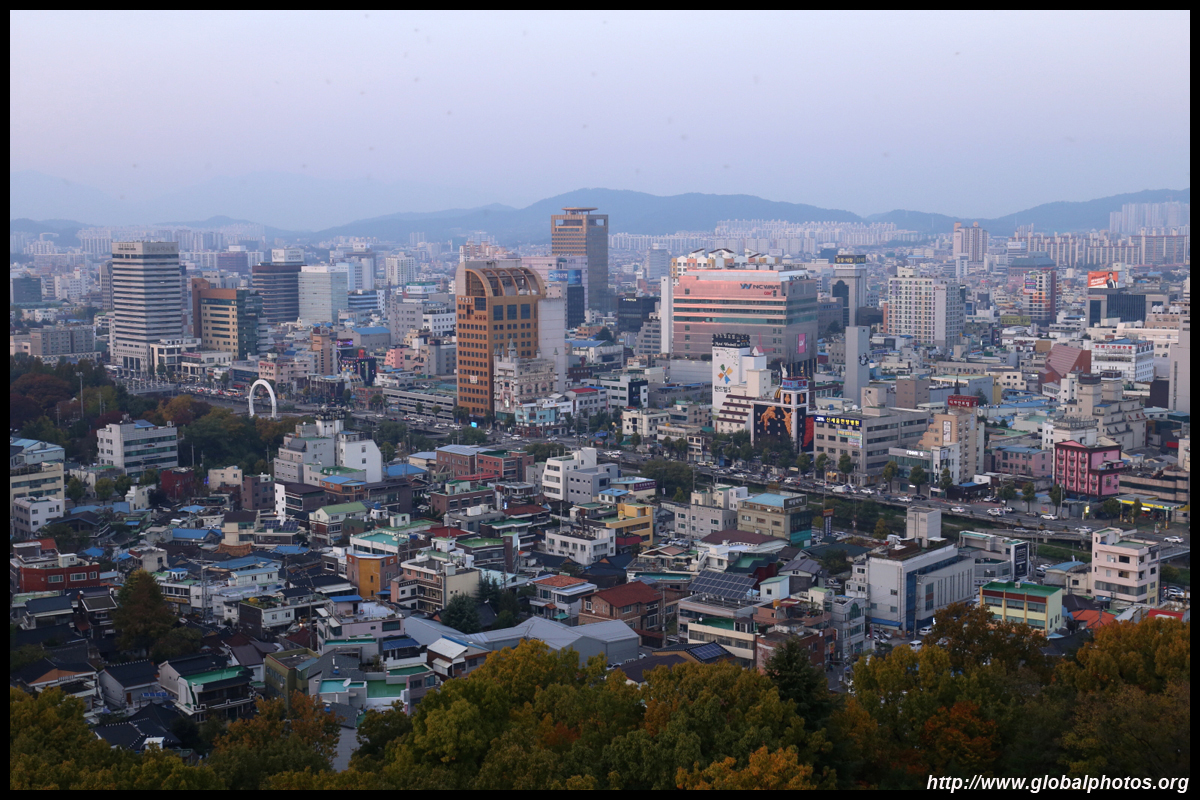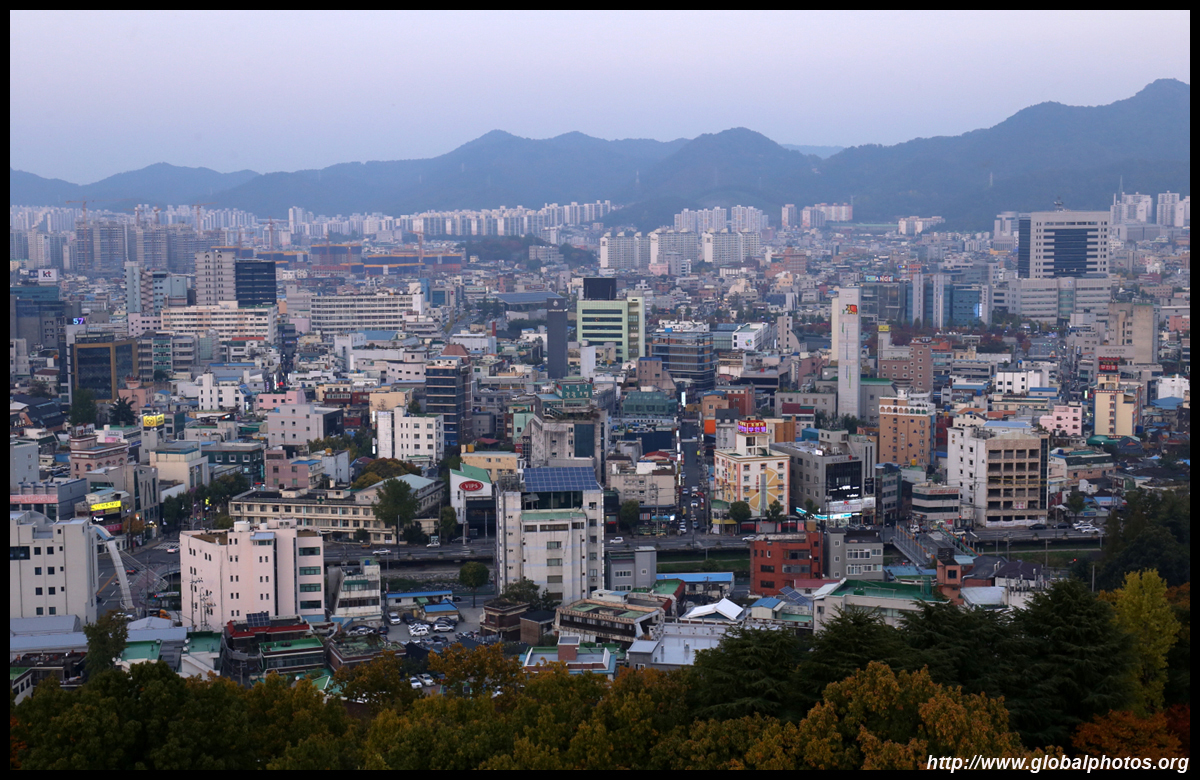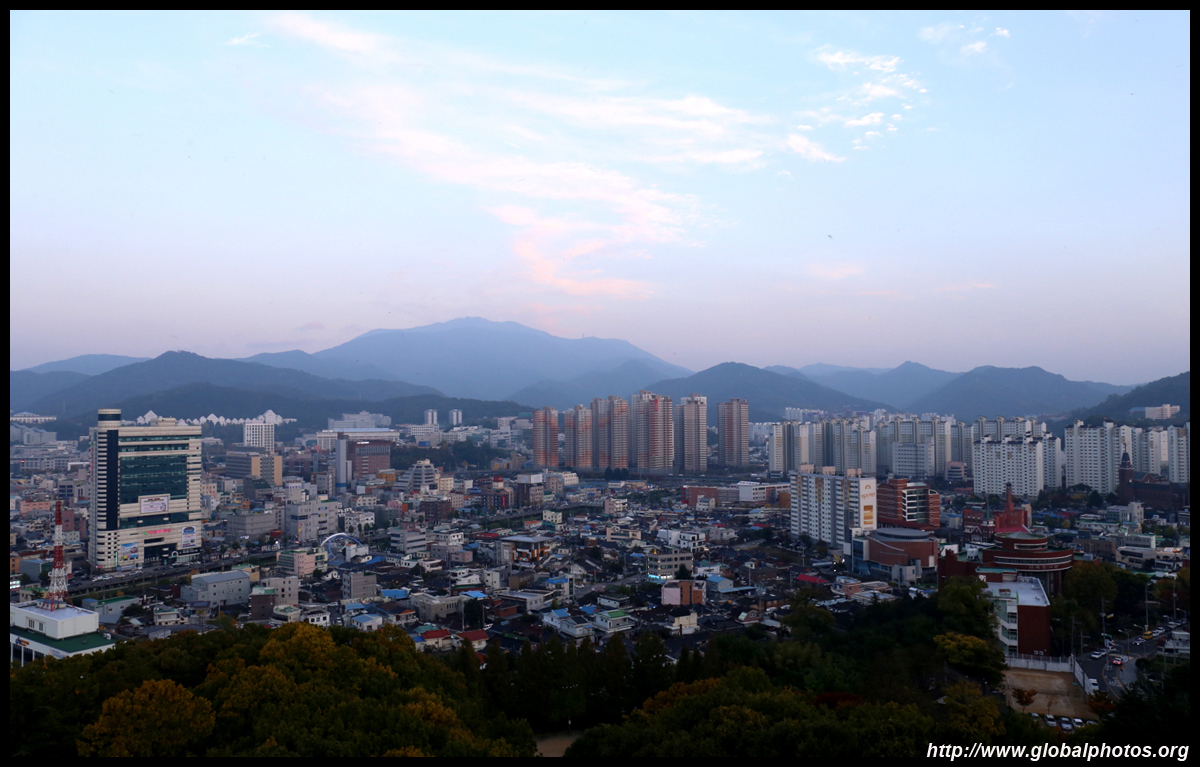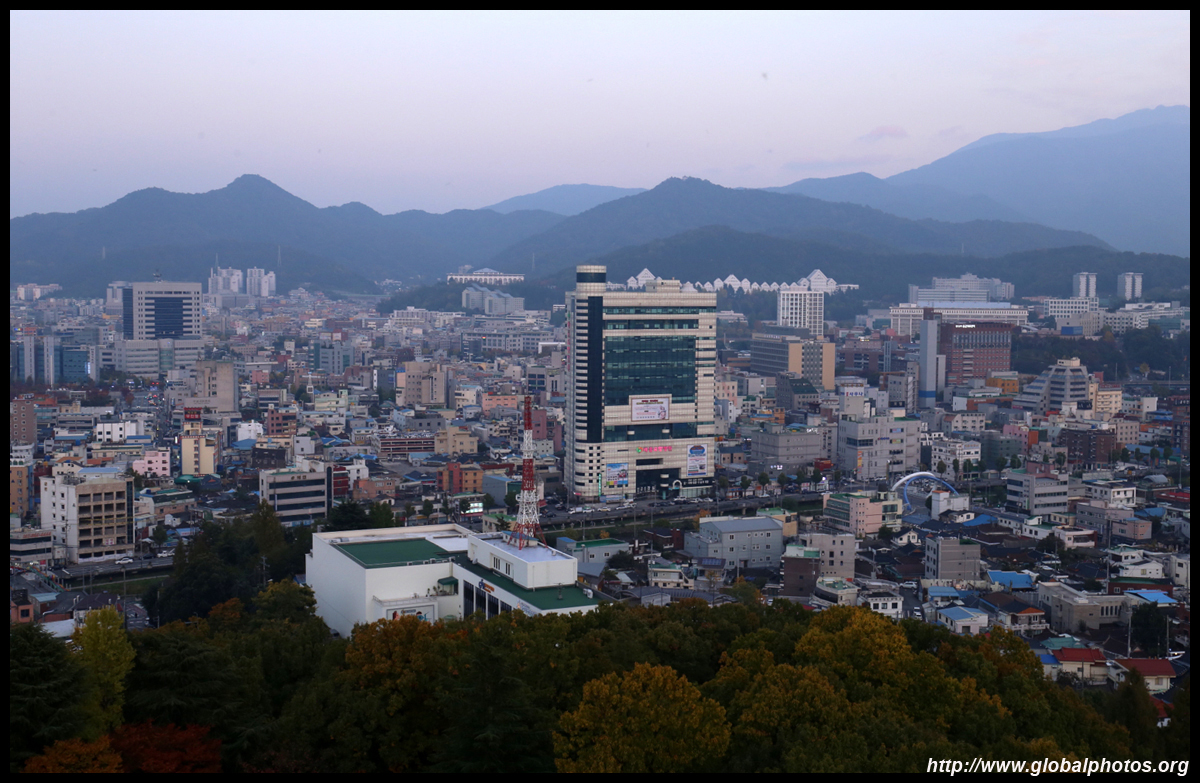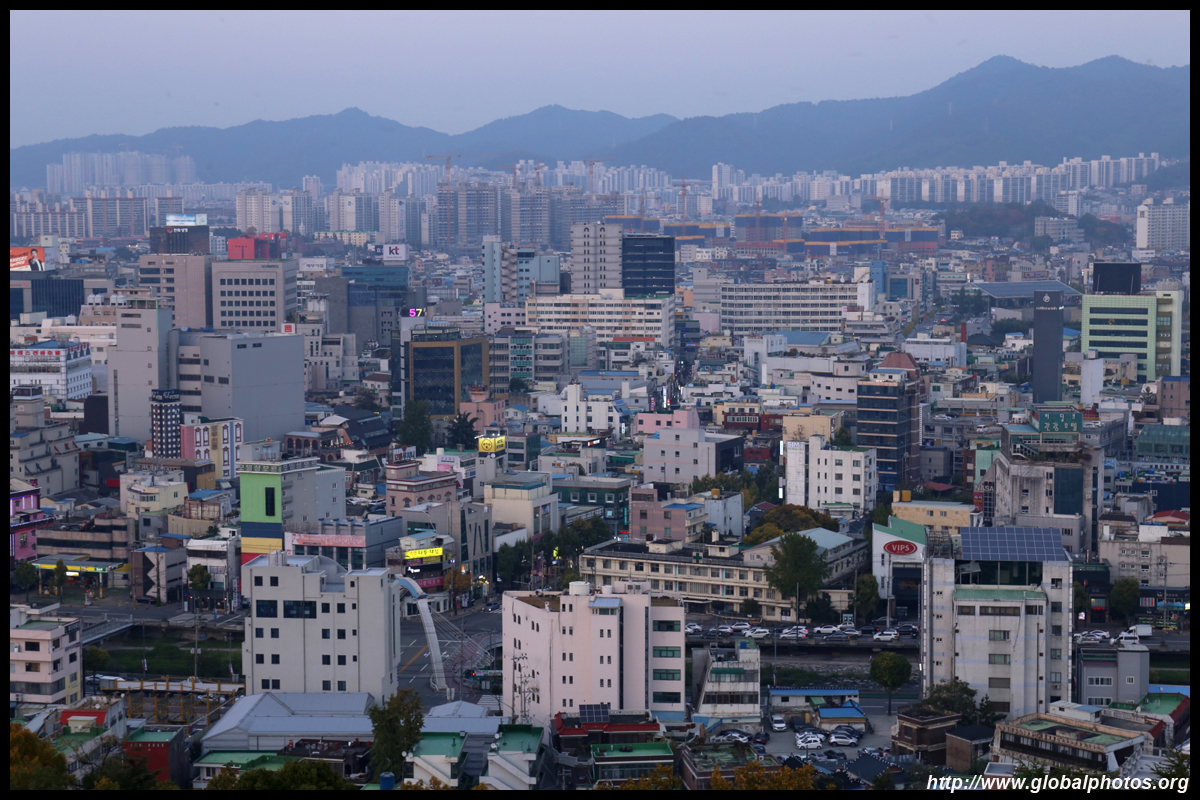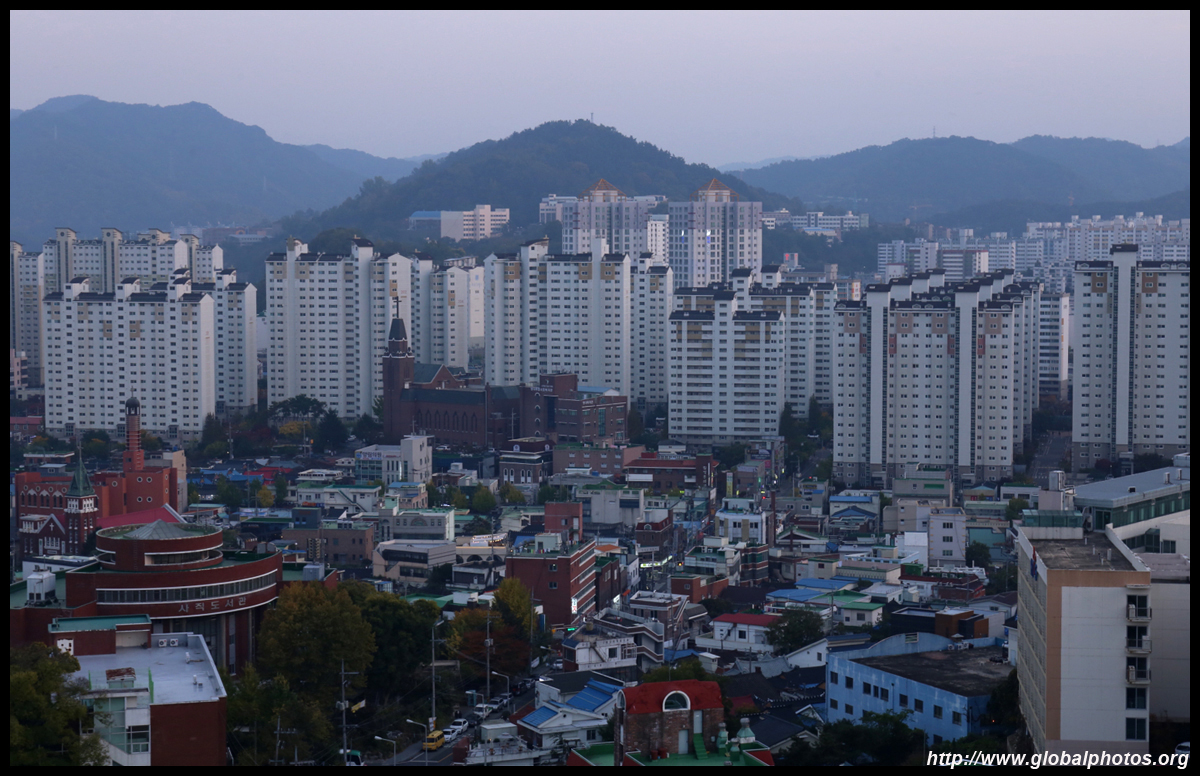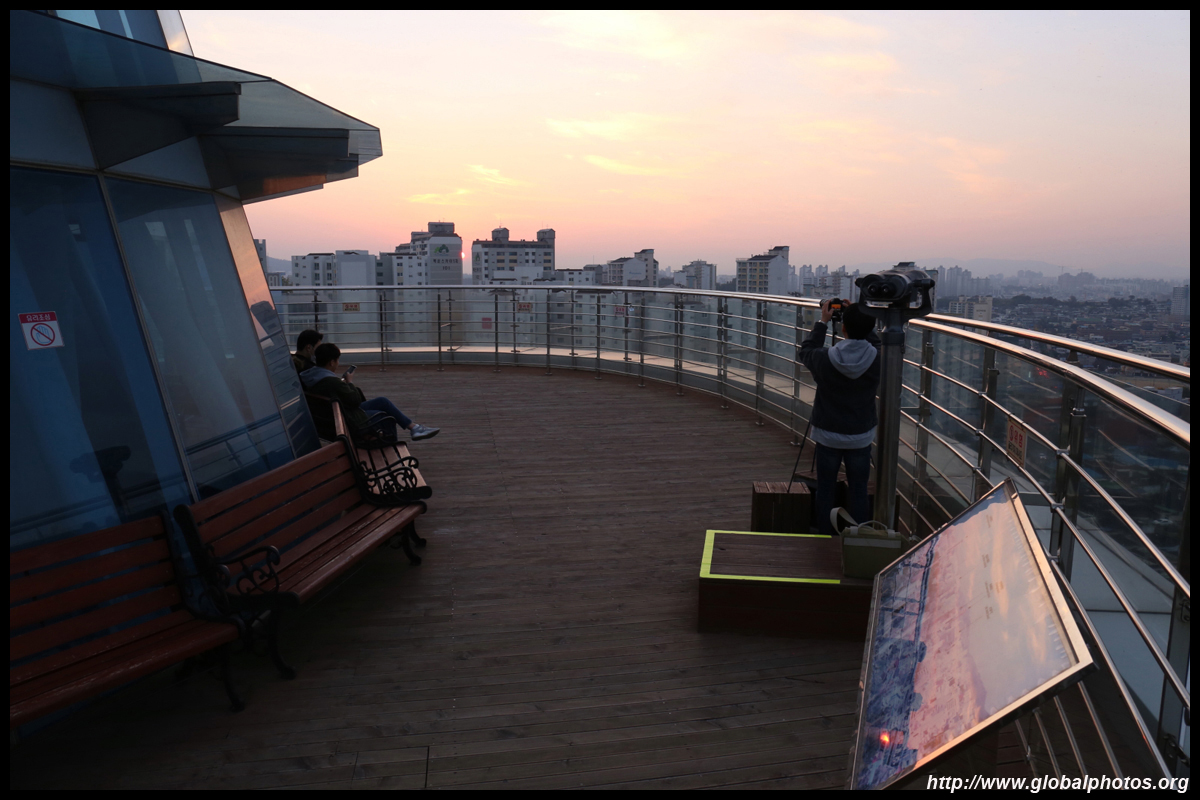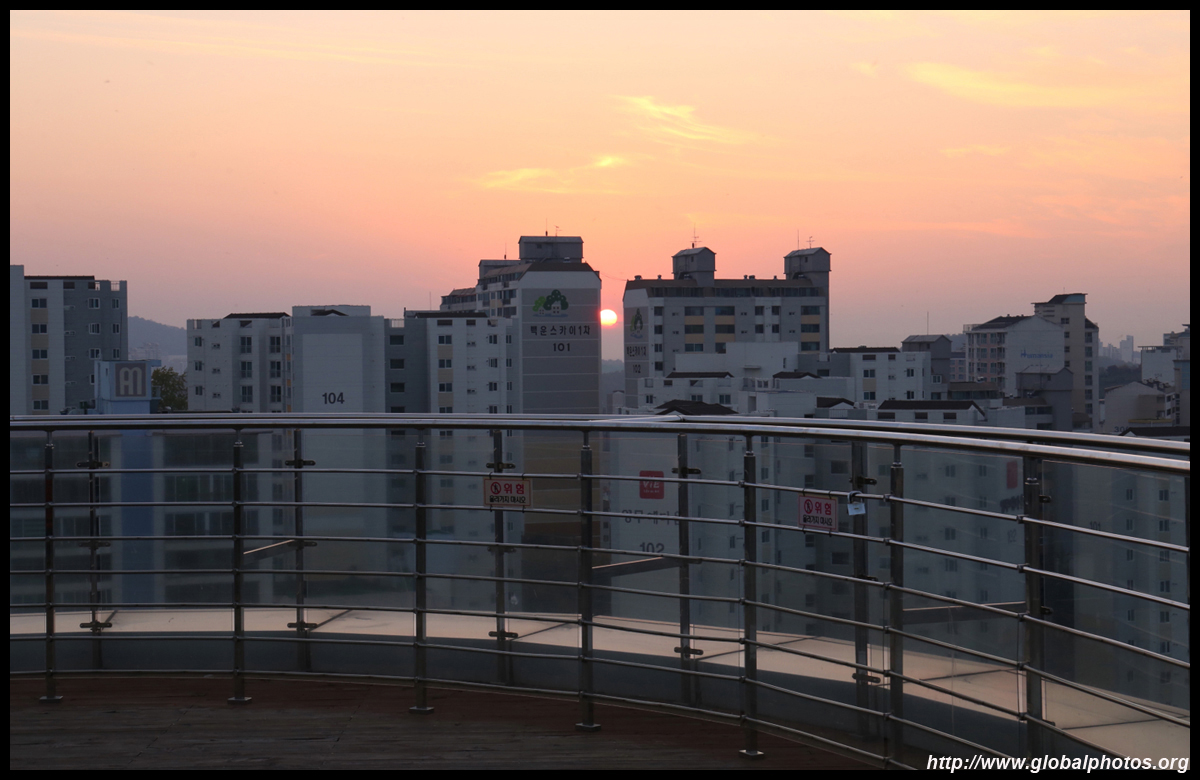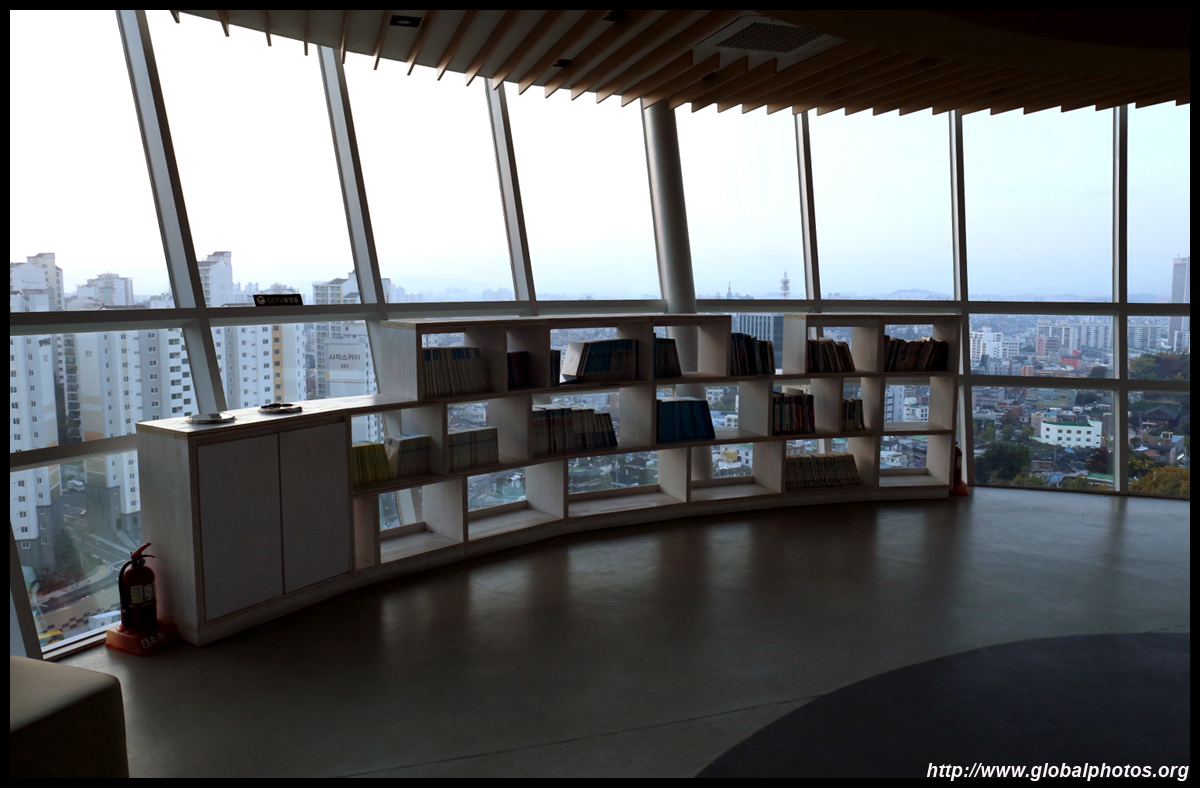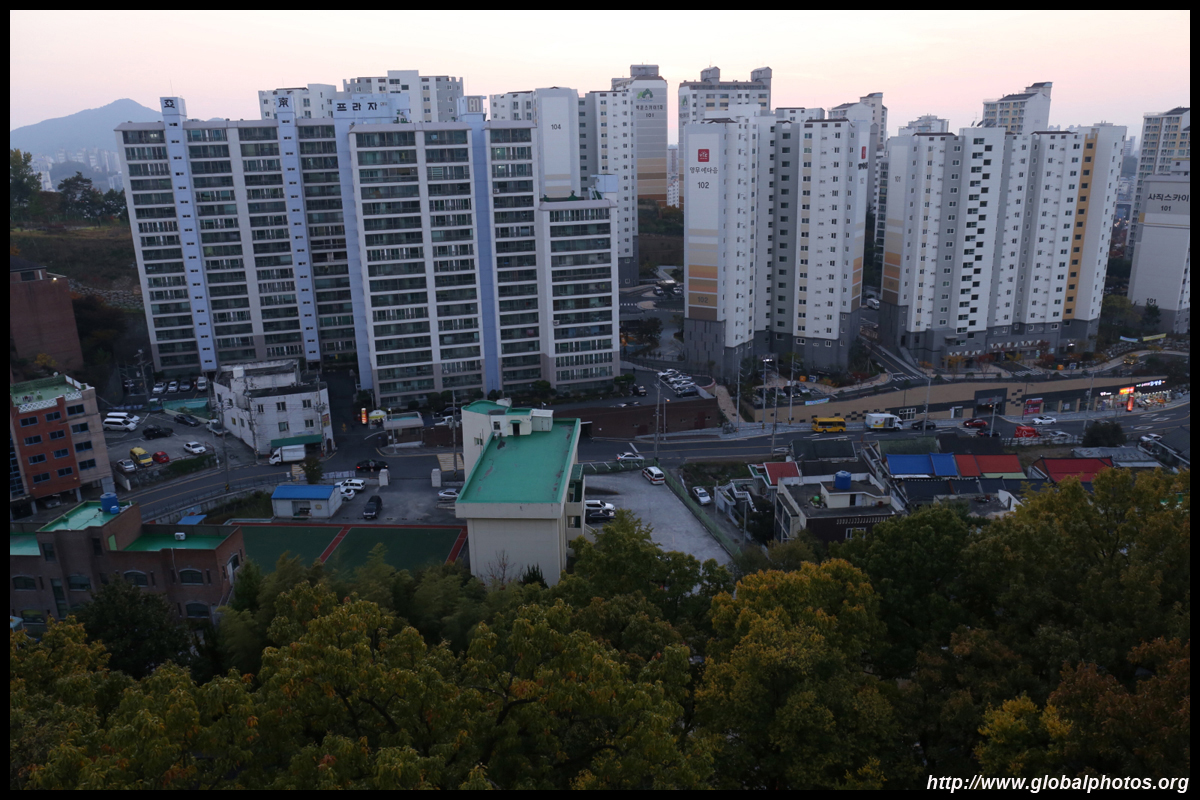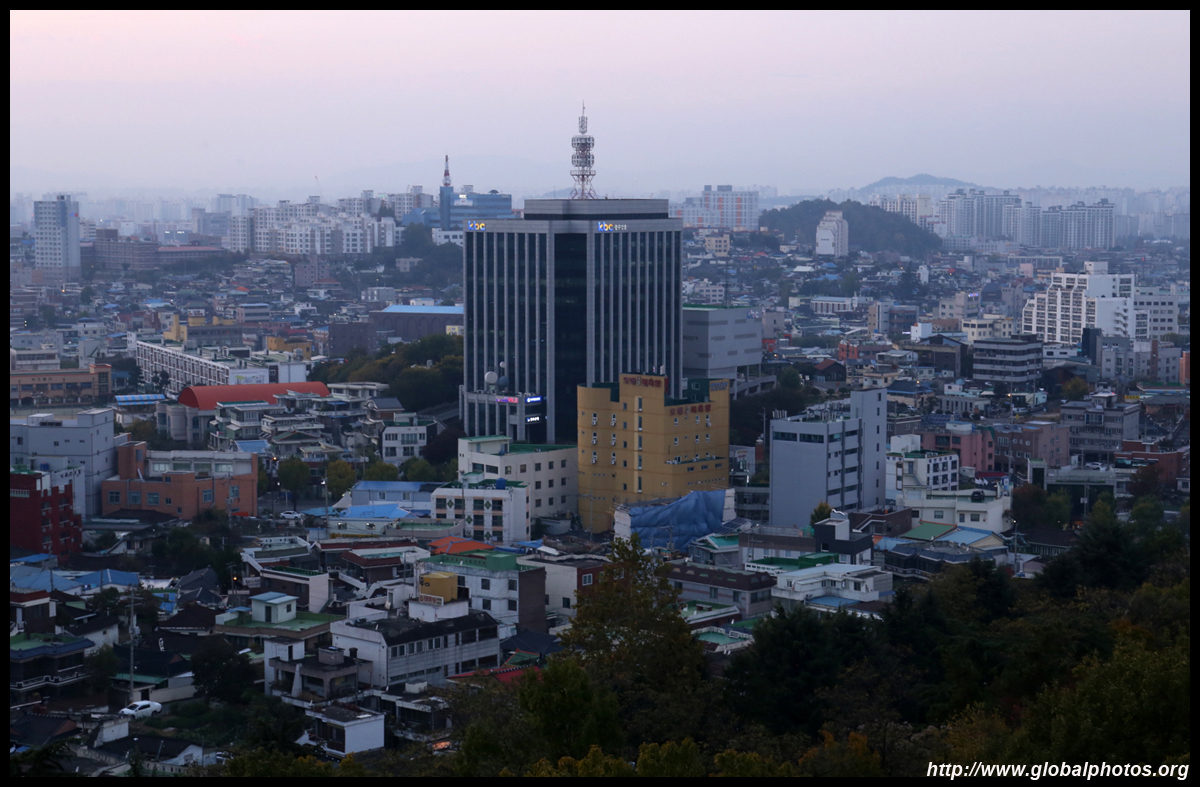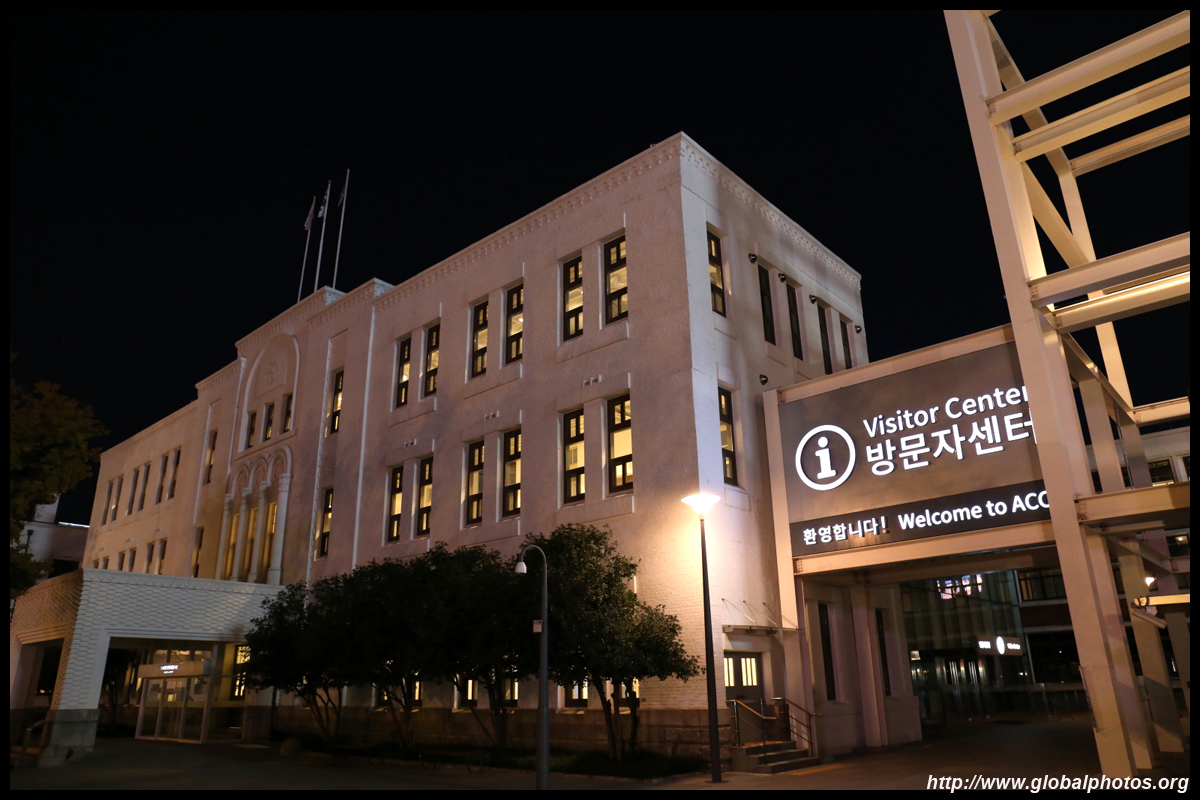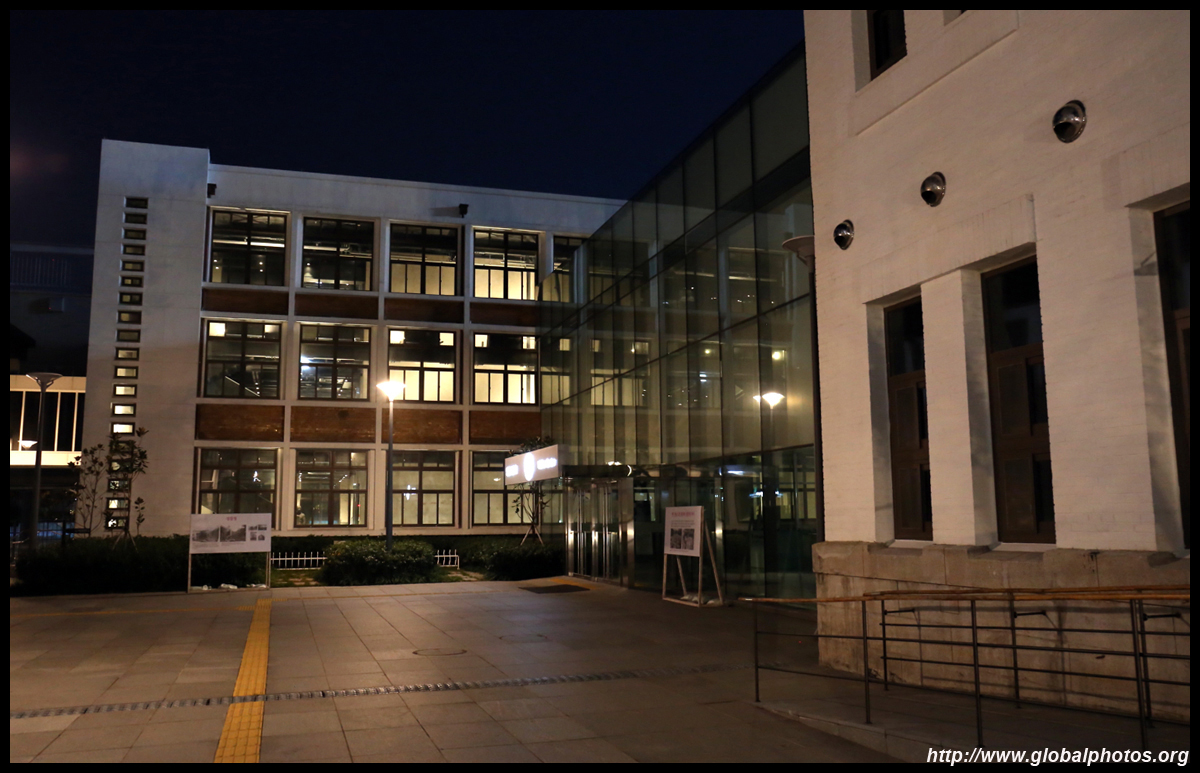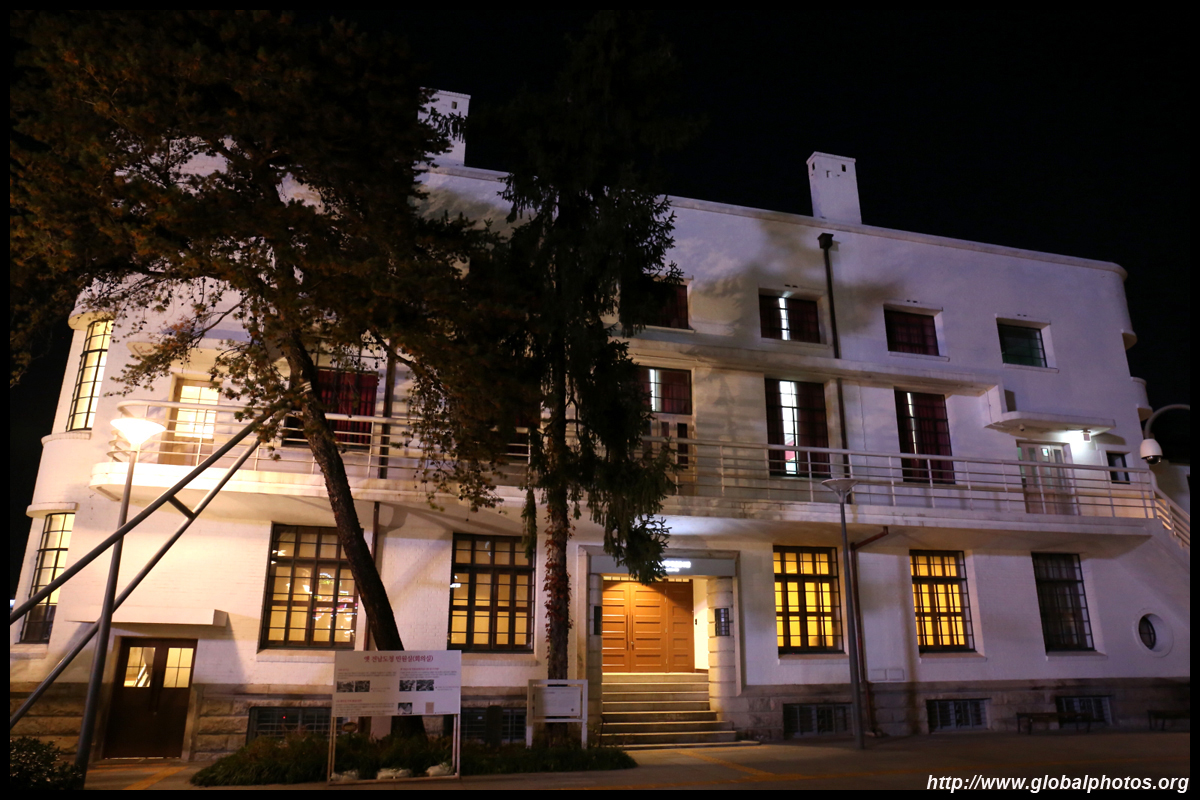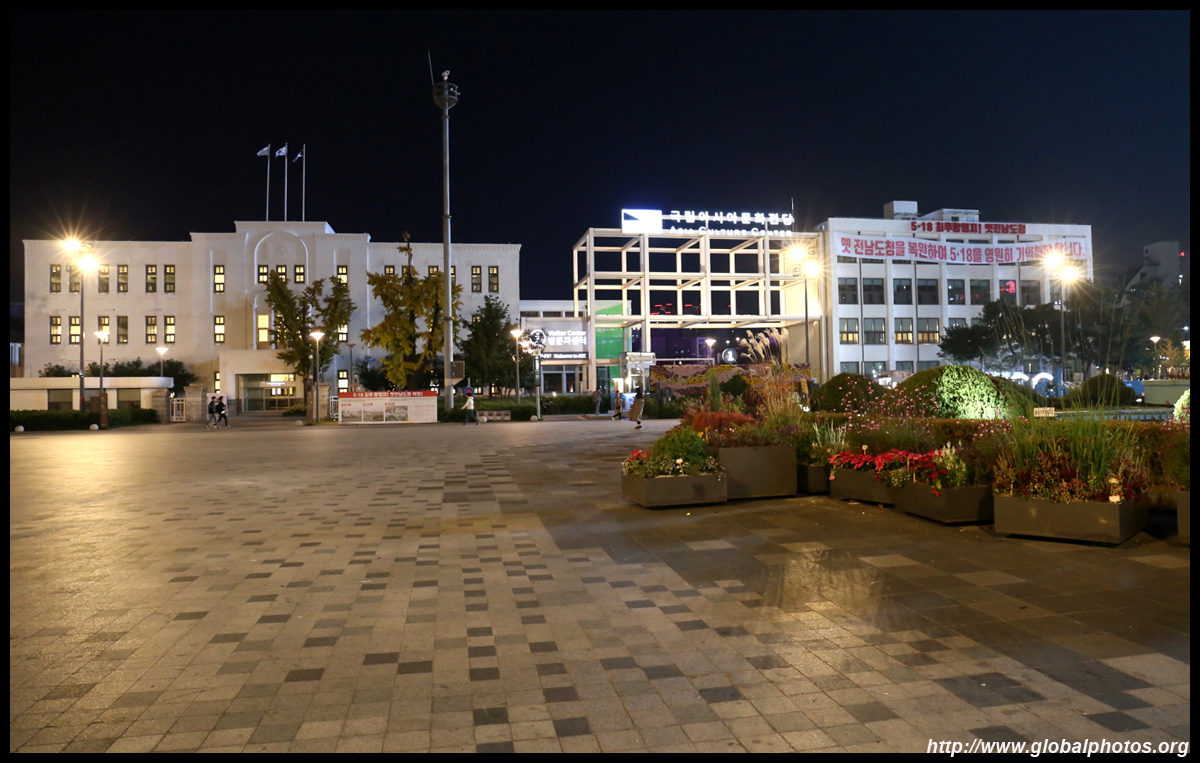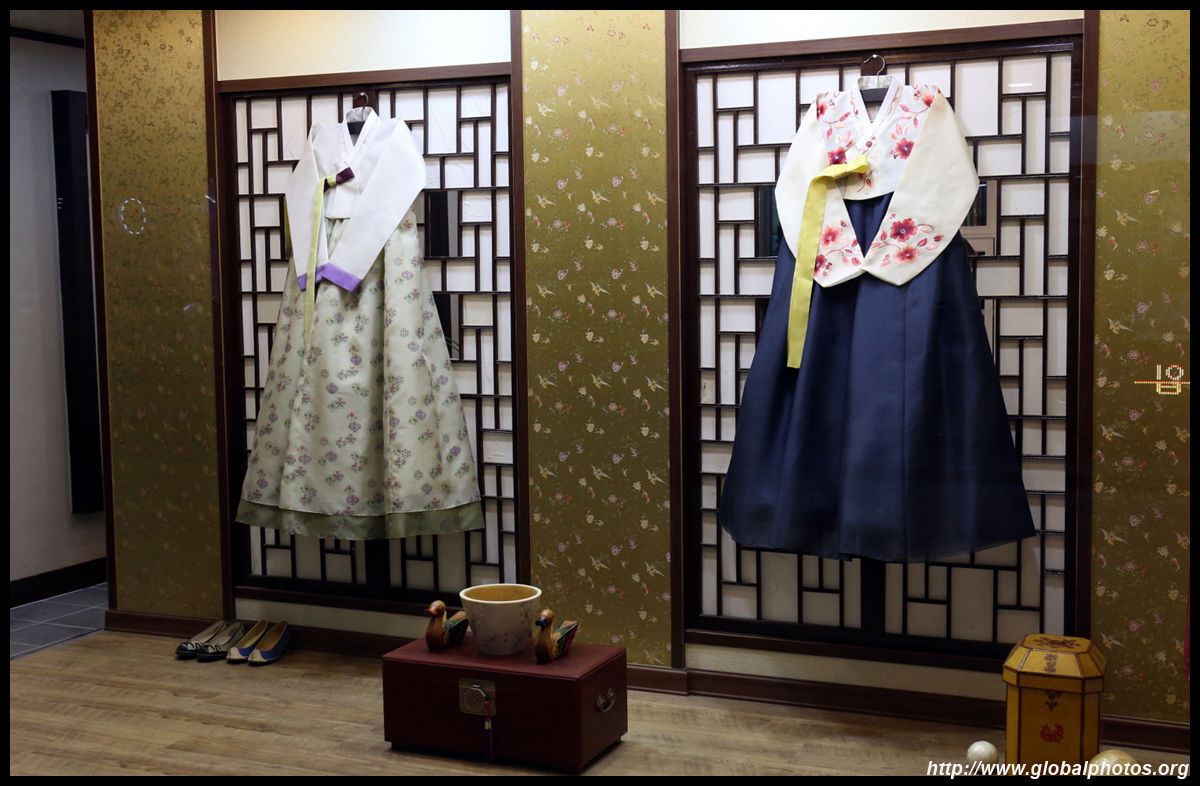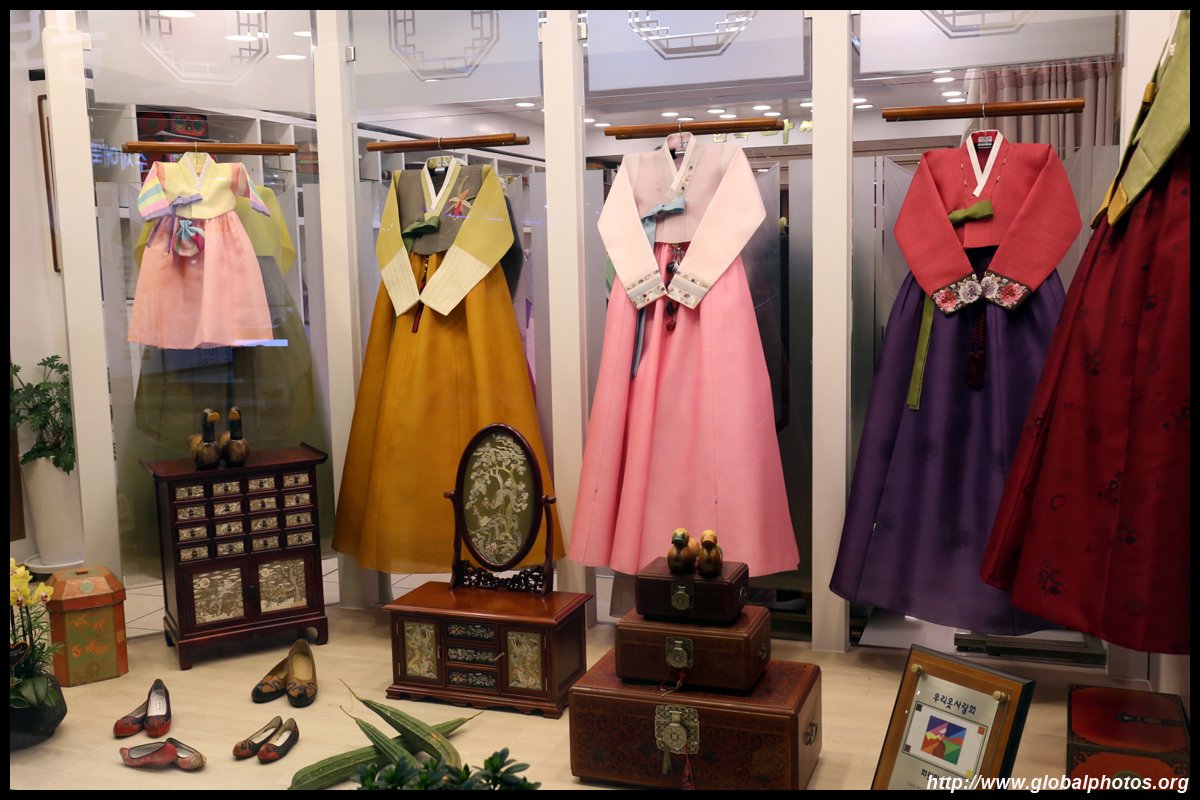Gwangju Photo Gallery - Cityscapes

Gwangju is the centre of Korea's pro-democracy movement. The desire to overturn an authoritarian military government got bloody in 1980 and the city still celebrates its independent spirit today.The cheap way to get into town is by bus, and the bus station is poor-connected to the rest of the city. The subway doesn't even stop here, but it does at the train station.
Like other smaller Korean cities, the ciyscape doesn't have that many highrises. Foreign tourists are also rarer here, so you can get a more authentic local experience and enjoy the language barrier.
If you can find the subway station, getting around town will get much easier. Gwangju stretches on a long linear axis.
Trains are clean although frequencies are noticeably lower than Seoul or Busan.
So during your wait, stock up on some snacks.
5.18 Memorial Park commemmorates the democracy movement that ended in blood in 1980. I was here looking for foliage, and found some good patches.
Not far away, another park with a nice pond would be a spectacular place for flower-viewing at the right time of year.
The riverfront has walkways for a nice stroll. It is not as spectacular as what Seoul has to offer, but still a nice urban space that perhaps needs a facelift soon.
Sajik Park's uphill location and observation tower is a great spot to see the city day and night. The tower has indoor sections and an outdoor free deck.
The Asia Culture Center incorporates buildings that played a major role in the 1980 democracy movement.
As I walked back to my hotel from the lit-up center, I gazed at the some traditional stores' display cases. Despite being a super modern country, South Korea remains very traditional.
| |||

